 Abraham Lincoln
If given the truth, the people can be depended upon to meet any national crisis...
Abraham Lincoln
If given the truth, the people can be depended upon to meet any national crisis...
 Guildford news...
for Guildford people, brought to you by Guildford reporters - Guildford's own news service
Guildford news...
for Guildford people, brought to you by Guildford reporters - Guildford's own news service
Birdwatcher’s Diary No.296
Published on: 15 Jan, 2024
Updated on: 14 Jan, 2024
By Malcolm Fincham
Overcast leaden skies welcomed the new year in, as once again I gathered with a small posse of pals for the start of another new year’s sightings list. For me, adding the additional challenge of photographing the majority of the ones I see.
We started at Britten’s Pond on our annual get together to begin our birdwatching ventures around the local countryside.
Included in the more common birds were two lesser black-backed gulls out on the water.
A count of two little grebes could be seen out on the pond.
While among the various tits that had come down to the seed that had been laid by one of the fishing swims, a nuthatch could be viewed.
Within the climbing ivy vines that grow up the trees that border the pond, several wood pigeons could be viewed feeding on the ripened ivy berries.
While a few redwings also joined them in the feast.
Adding to the tally of photos was one of several goldcrests.
The two resident greylag geese continued to preside in and about the pond.
And, of course, the resident grey heron continued to show.
The misfortune, however, of being unable to find what had been the regular sighting of a firecrest at the back of the pond in recent weeks was rectified at our next stop when visiting St Mary’s Church at Perry Hill, Worplesdon.
Also personally adding a red kite perched up at the back of the churchyard.
The next location we visited was Cutt Mill Ponds in Puttenham, allowing me to see and photograph a few of the 14 goosanders we counted wintering there
The majority were the female ‘red heads’ but at least two drakes could also be viewed.
While by the lakeside a few mandarin ducks, both male and female, could also be seen.
Here we were also able to pick out our first kingfisher of this year.
Our next stop was Tice’s Meadow near Farnham where, from the waterside hide we were able to view the two black-necked grebes still present, this time just within range of my camera lens.
Several great crested grebes were out on the water, with some already showing signs of developing spring plumage.
A reasonable flock of lapwings were also still present, also adding to my new year’s sightings.
Also adding pochard to the year list.
And even a second kingfisher to the day list while there.
By the second day of the month, and for the first time since the latter days of July last year, I was elated to hear the fluty sounds of a blackbird.
It could be heard singing as I entered my back garden adding itself to my ‘urban’ dawn chorus.
Having fallen silent in its song (as they do), it had re-found its voice. And most notable for me, as it was possibly the earliest in the year I had heard one sing, perhaps due to the recent weeks of mild weather?
With predominant Atlantic low pressure systems continuing, with a ‘wing and a player’ we attempted a visit Farlington Marshes, near Portsmouth, on a blustery January 3.
This in hope of adding a few more photos to my new year’s sightings as that ‘pest from the west’ continued to flow on a strong Jet Stream.
Although billowy showers and a few rainbows energised the day, a few sunny spells eventually prevailed to allow me a few pictures to my day’s sightings.
An increased number of brent geese had arrived since my previous visit just a few weeks earlier. Now quite impressive and counting in excess of 1,000 on and around the marshland.
They had travelled 2,500 miles from their breeding grounds in Siberia to winter along the southern coastline of the UK.
The resident barnacle goose of dubious origin continued to be present, found as ever close to his buddy, the white feral goose.
Also having increased in their number were the wintering wildfowl.
These included shoveler ducks.
Wigeon.
Teal.
And good numbers of those rather smart looking Northern pintail ducks.
Various waders could also be added to my sightings, including…
A count of more than 40 avocets.
A bar-tailed godwit.
Black-tailed godwit,
While several little egrets could be viewed about the reserve.
Common redshanks were present in good number. With several individuals feeding on the mudflats out on Langstone Harbour at low tide.
Also taking advantage of the low tide beyond the harbour wall were oystercatchers.
As well as a few turnstones.
Several curlews could also be viewed in flight, joining up with others already probing the muddy soil out in the harbour.
And at least one grey plover was close enough to photo.
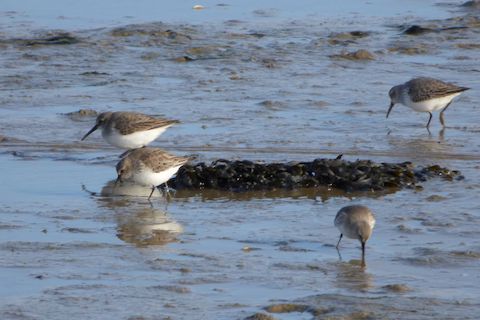
Dunlins.
While groups of dunlins fed along the waterline of the rising tide.
Groups of lapwings were also present. Mostly seen in the area known as ‘the deeps’.
Along the seawall at least two rock pipits could be viewed.
While flying overhead onto the inland reserve, a group of shelducks could be added to our sightings.
Several stonechats were also present about the reserve.
A surprise sighting was a lone red-legged partridge and a first for me there in my years of visiting.
While over the reserve at least four skylarks could be seen singing.
Also adding to our sighting was a greenshank seen along the stream.
Although hearing a small group of bearded reedlings as they made their ‘pinging’ calls from within the phragmites reed beds, the best we could add to our sightings were a pair of reed buntings.
A pleasant addition to end the day’s sightings were three marsh harriers hunting over the reed beds.
Back in Surrey, I continued my challenge during the first weeks of January to see locally as many new species for the new year as achievable.
With a long awaited dry spell forecast as the second week approached, I was eager to continue my adventures. By January 5 the tables had begun to turn weather-wise, as the energy from a strong Atlantic Jet Stream began to stall.
High pressure ha, at last begun to take control, rising north of the UK and drawing in a north-easterly flow bring much cooler and drier weather conditions across the country.
Waxwing sightings continued with reports on opposing outer area of Guildford, having visited and photographed the small group that had been continuing to show well in East Horsley, as mentioned in my previous report.
A larger group had also been reported in and around Haven Way, Farnham. On January 6, and in the company of birdwatching pal, Dougal, we decided to give them a visit too, having not yet added them to this year’s sightings list.
Here a group, of 67 birds could be viewed feeding on sorbus berries.
Temperatures began to tumble falling into single figures during our following day’s visit to Lydling Farm, Shackleford.
A group of 50 or more fieldfares could be viewed feeding in the fields within an even larger group of starlings.
Also adding a bullfinch perched up in the hedgerow, while attempting to photograph the fieldfares.
A few redwings could also be counted.
And a small group of meadow pipits could be seen washing in a puddle.
Mixed flocks of linnets and goldfinches were feeding on the stubble.
And the little owl could also be picked out, perched in his usual tree.
While a kestrel continued to hunt over the fields.
The most surprising sighting of the day, and possibly my earliest ever addition to my yearly Lepidopteran list was a peacock butterfly.
Having occasionally come across one hibernating (usually in a shed or garage) in past years, this one was on the wing, even settling briefly while surrounding temperatures were little more than 5c in the shade.
Locally, redwings continued to be seen feeding on ripened ivy berries, as they, as well as other wintering thrushes had, by now depleted most of the holy berries about the countryside.
While small flocks of redpolls continued to be seen at at various locations I visited.
On Whitmoor Common a few Dartford warblers continued to be viewed, although rarely making their contact calls.
A few stonechats could also still be observed in pairs, and often a clue to me that a Dartford warbler would be in tow of their presence.
Great spotted woodpeckers also continued their presence about the woodland areas.
With night time temperatures falling below freezing, by January 10 the shallow waters at Britten’s Pond had lightly frozen overnight, relieving a thin layer of ice across most of the water.
Enough to hold the weight of the black-headed gulls residing there.
The ice being just a brief inconvenience to the anglers wishing to fish the waters.
It seemed more inconvenient for the robins, with at least one seen at most of the swims, used to having some human company to beg a few titbits from.
A delight for me was a close encounter with a treecreeper, as it acrobatically assented a nearby tree, checking out crevices in its bark.
And of course the sighting one of the resident kingfishers. A female on this occasion, recognised by its orange lower mandible.
Recent Articles
- Guildford Institute’s Crowdfunding Project for Accessible Toilet in its New Community and Wellbeing Centre
- Letter: Guildford – Another Opportunity Missed?
- Letter: GBC’s Corporate Strategy – Where Is the Ambition?
- My Memories of John Mayall at a Ground-breaking Gig in Guildford Nearly Six Decades Ago
- Westborough HMO Plans ‘Losing the Heart of the Street’ Says Resident
- College Invests to Boost Surrey’s Economy and Close Digital Skills Gap
- Community Lottery Brings Big Wins for Local Charities
- GBC Housing Plan Promises ‘A Vibrant Urban Neighbourhood’ Near Town Centre
- Hospital Pillows ‘Shortage’ at the Royal Surrey
- Updated: Caravans Set Up Camp at Ash Manor School


Search in Site
Media Gallery
Dragon Interview: Local Artist Leaves Her Mark At One of England’s Most Historic Buildings
January 21, 2023 / No Comment / Read MoreDragon Interview: Lib Dem Planning Chair: ‘Current Policy Doesn’t Work for Local People’
January 19, 2023 / No Comment / Read MoreA3 Tunnel in Guildford ‘Necessary’ for New Homes, Says Guildford’s MP
January 10, 2023 / No Comment / Read More‘Madness’ for London Road Scheme to Go Ahead Against ‘Huge Opposition’, Says SCC Leader
January 6, 2023 / No Comment / Read MoreCouncillor’s Son Starts Campaign for More Consultation on North Street Plan
December 30, 2022 / No Comment / Read MoreCounty Council Climbs Down Over London Road Works – Further ‘Engagement’ Period Announced
December 14, 2022 / No Comment / Read MoreDragon Interview: GBC Reaction to the Government’s Expected Decision to Relax Housing Targets
December 7, 2022 / No Comment / Read MoreHow Can Our Town Centre Businesses Recover? Watch the Shop Front Debate
May 18, 2020 / No Comment / Read More



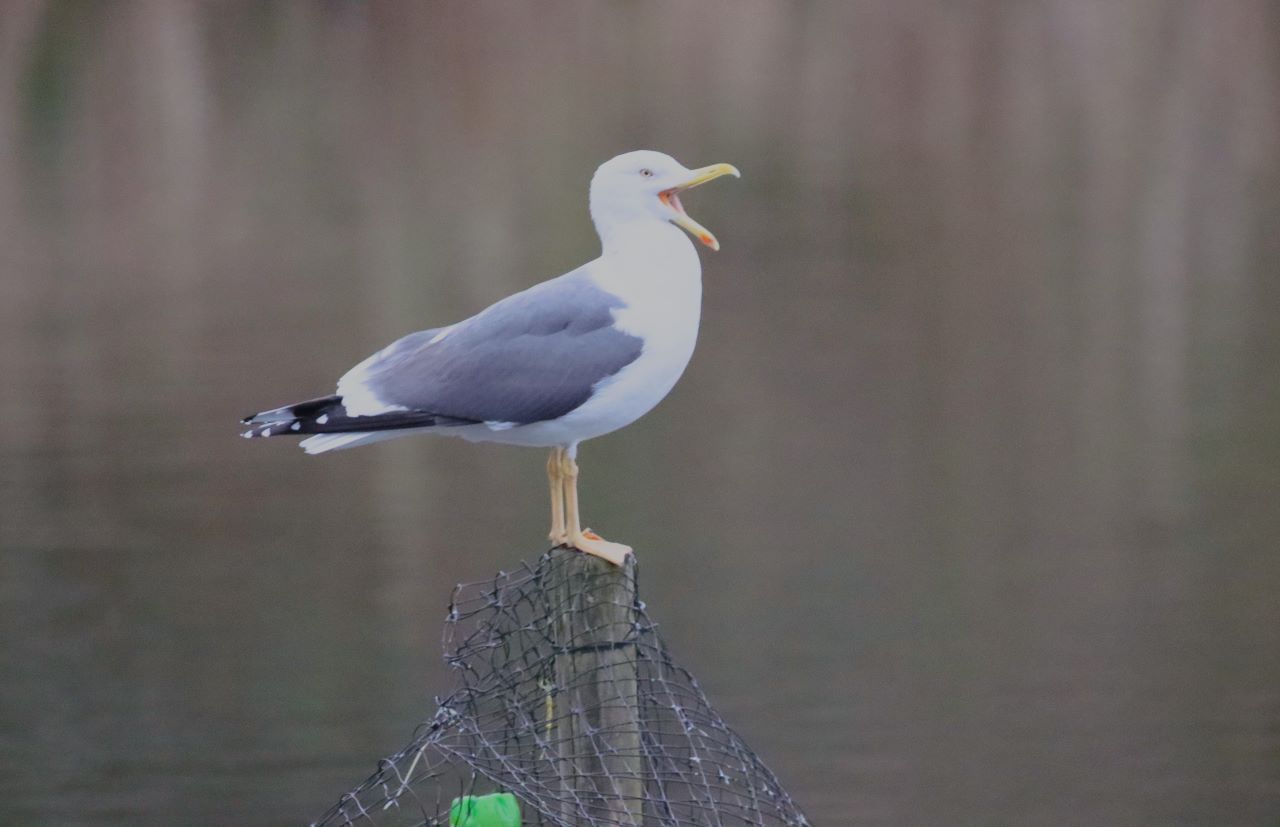
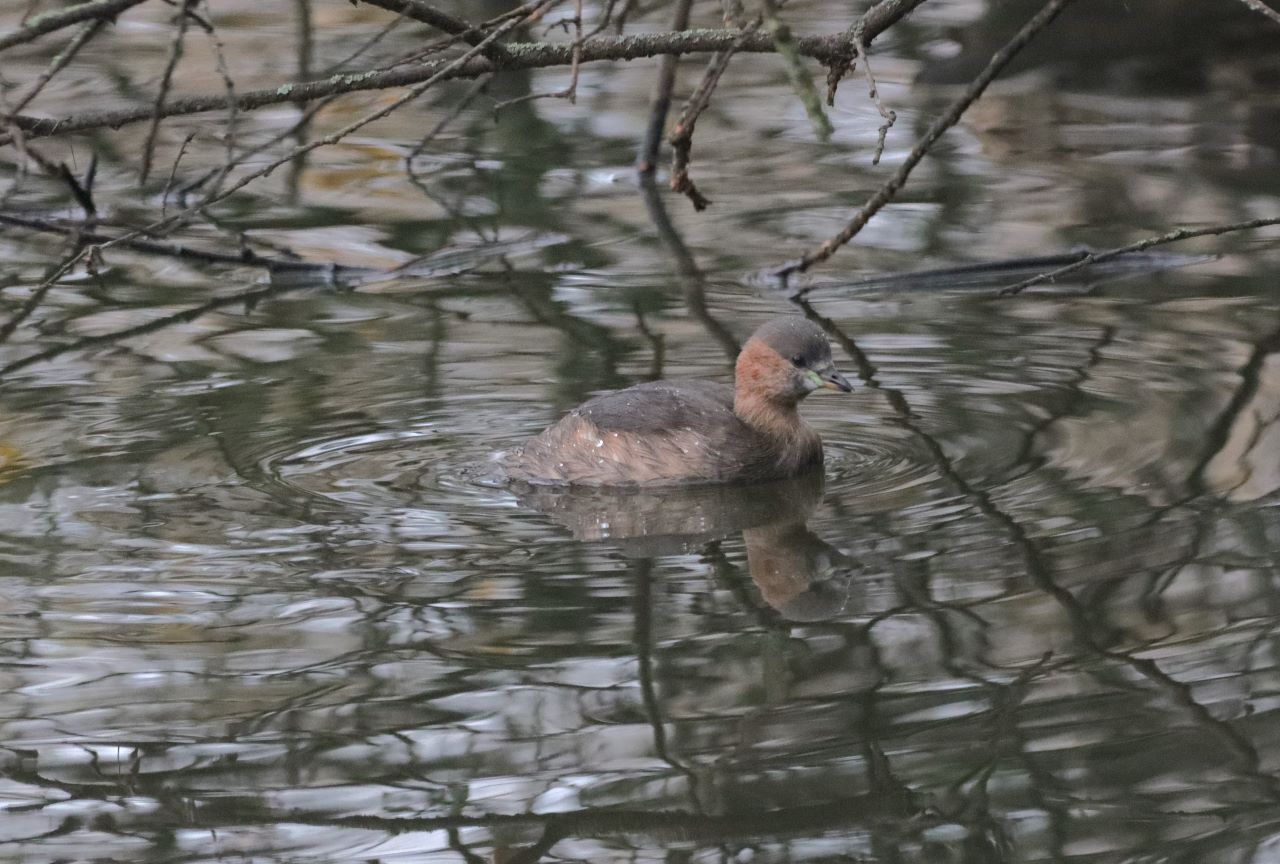
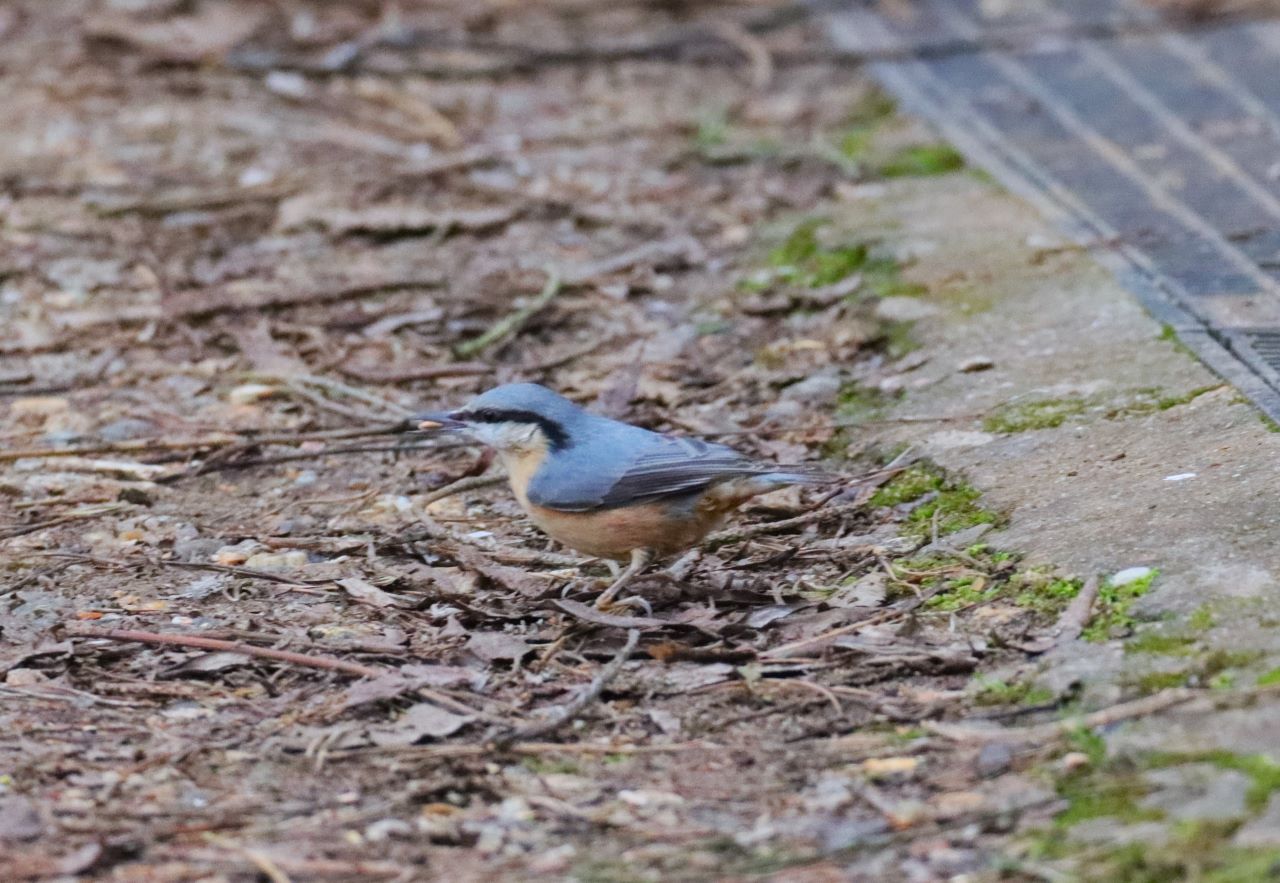
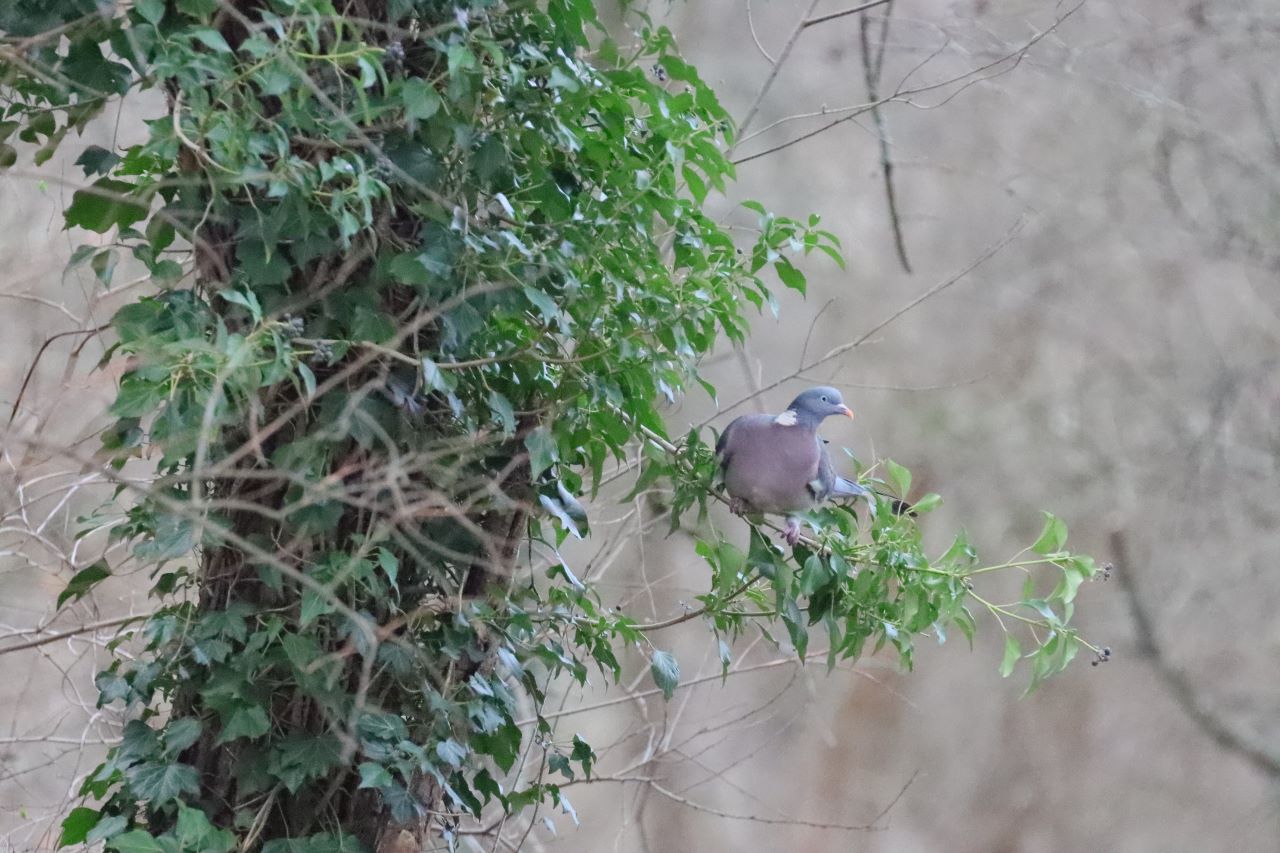
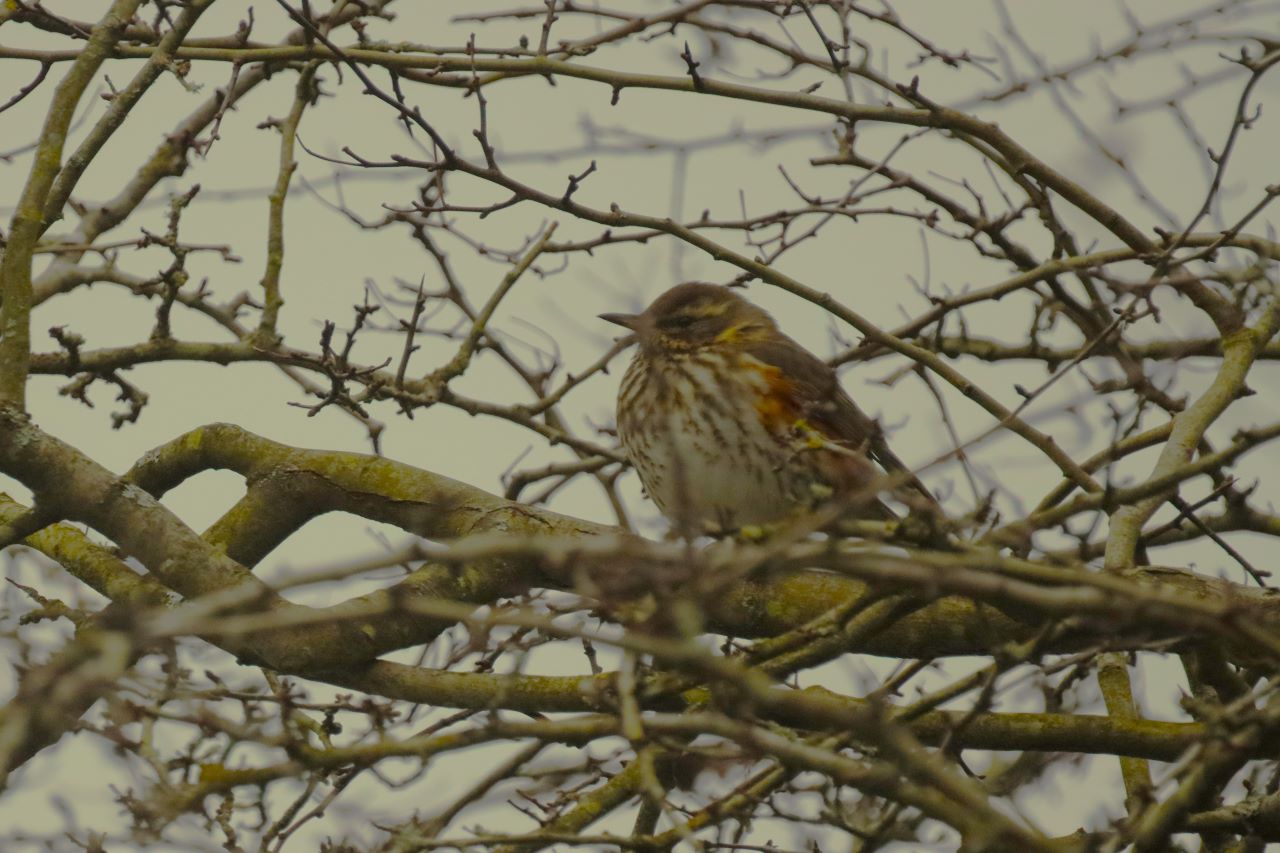
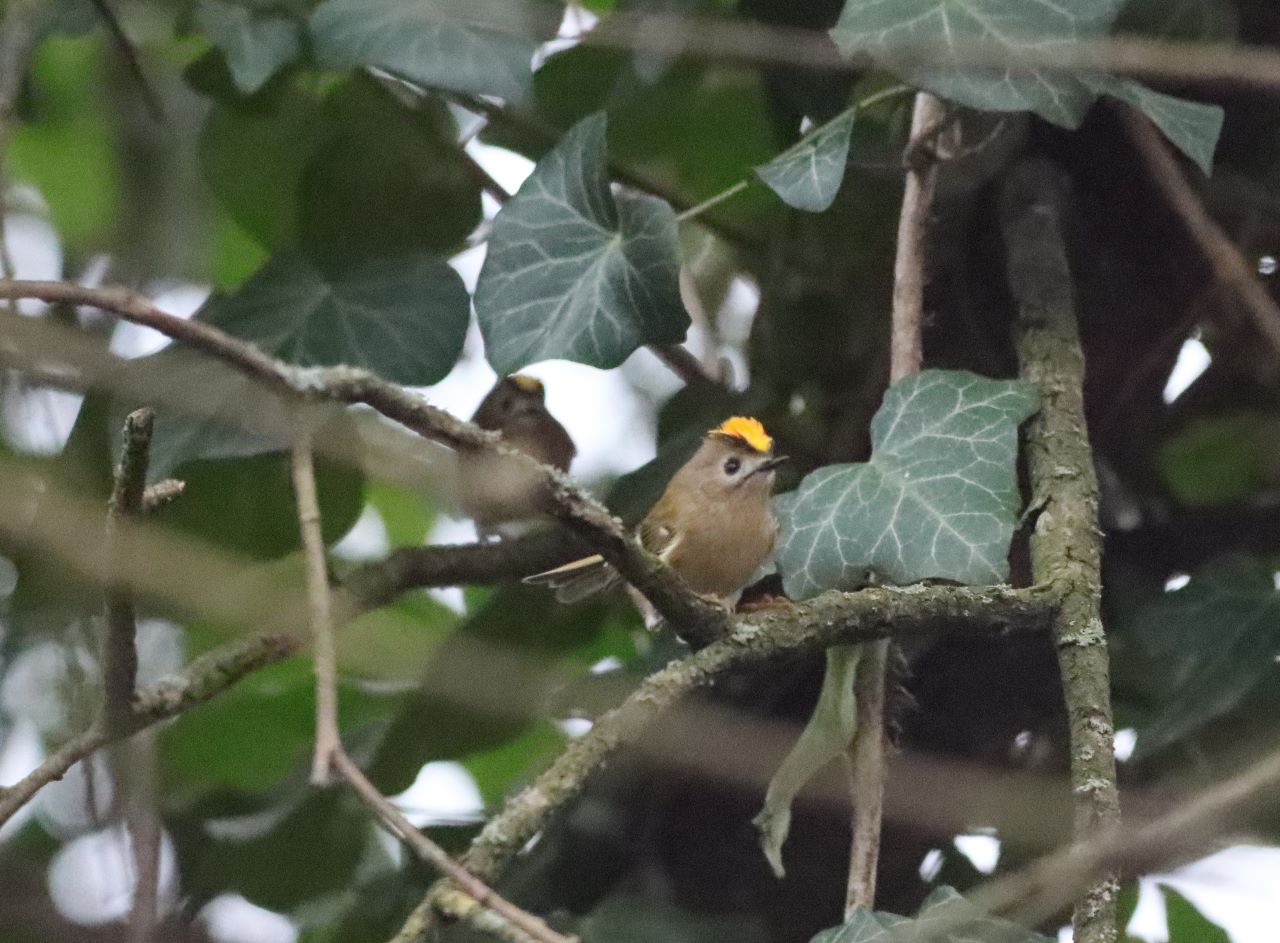


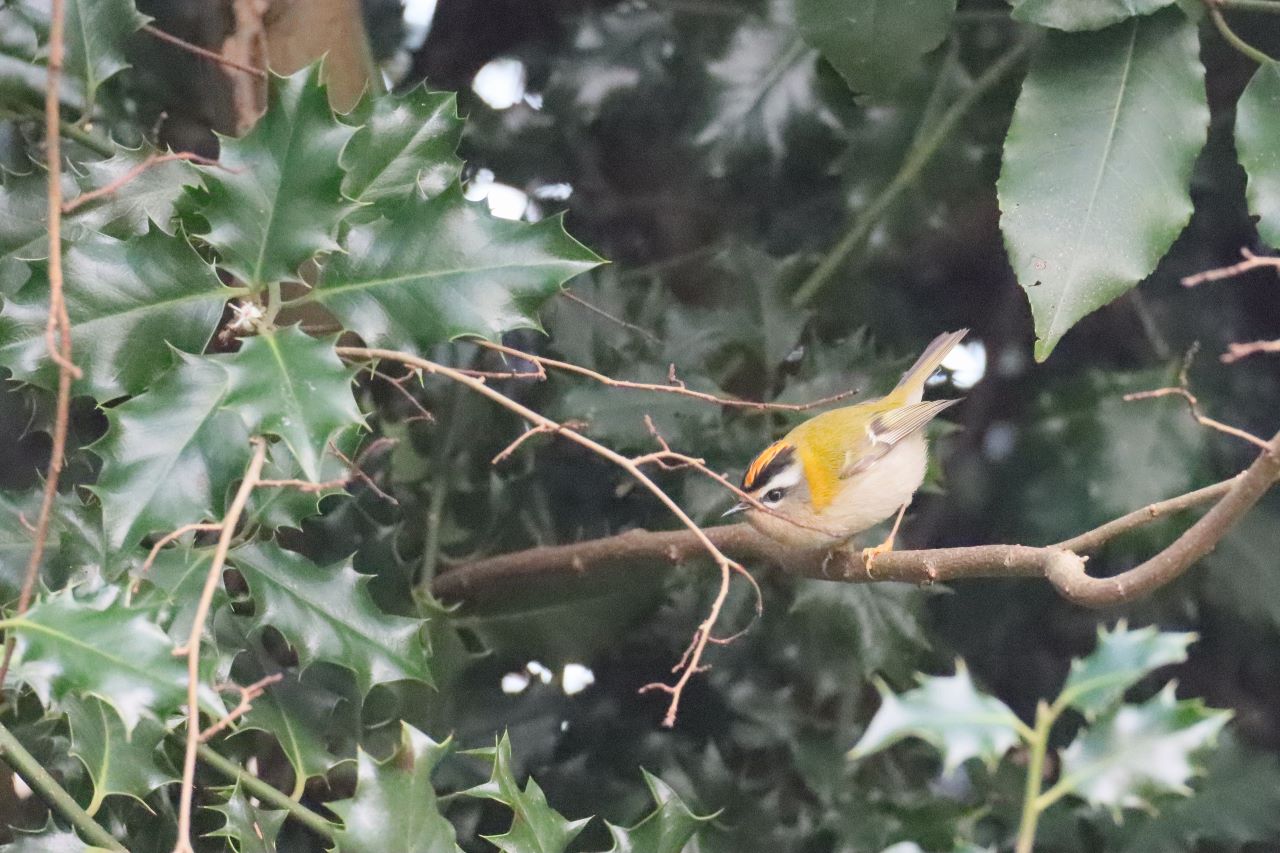


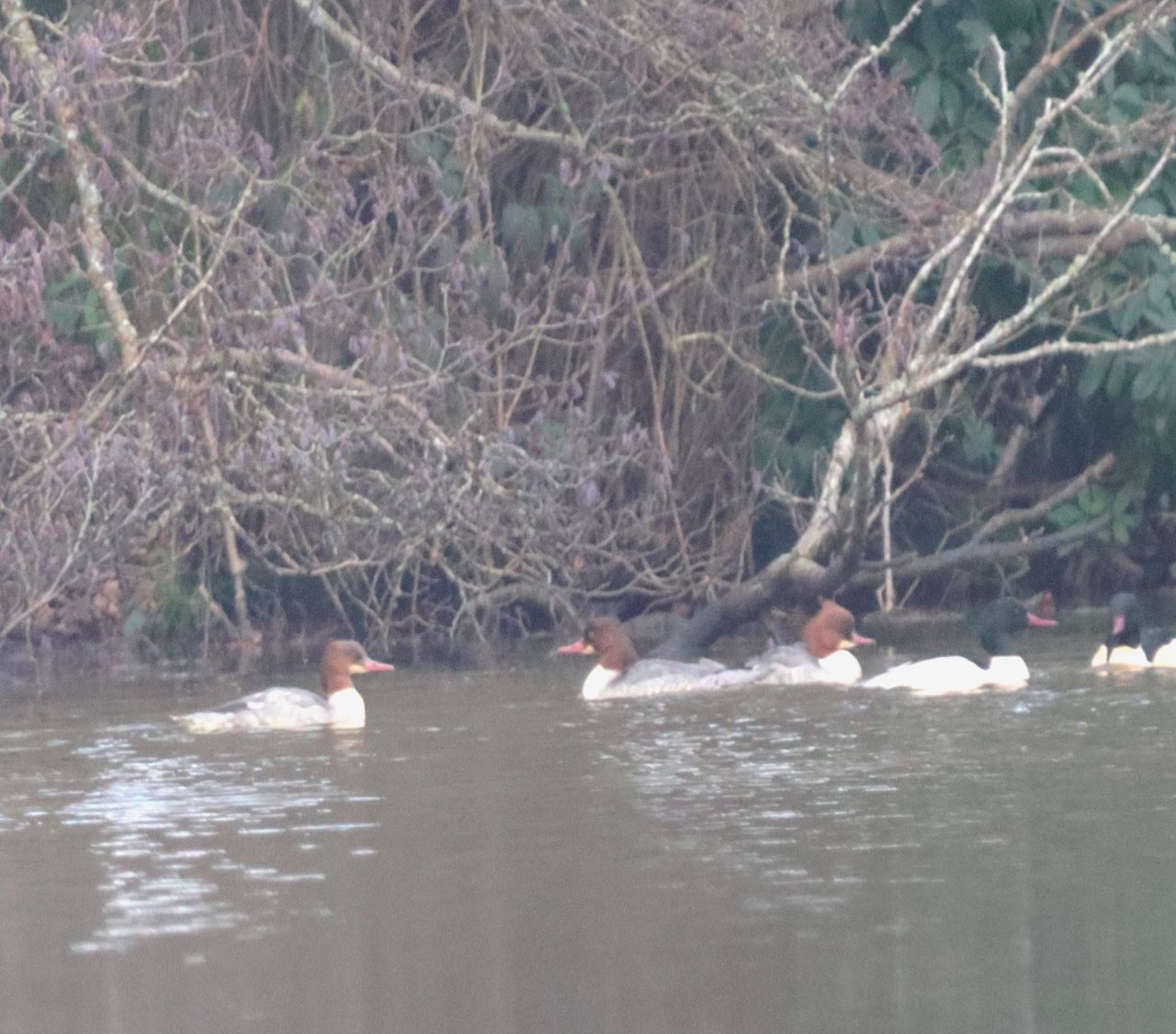
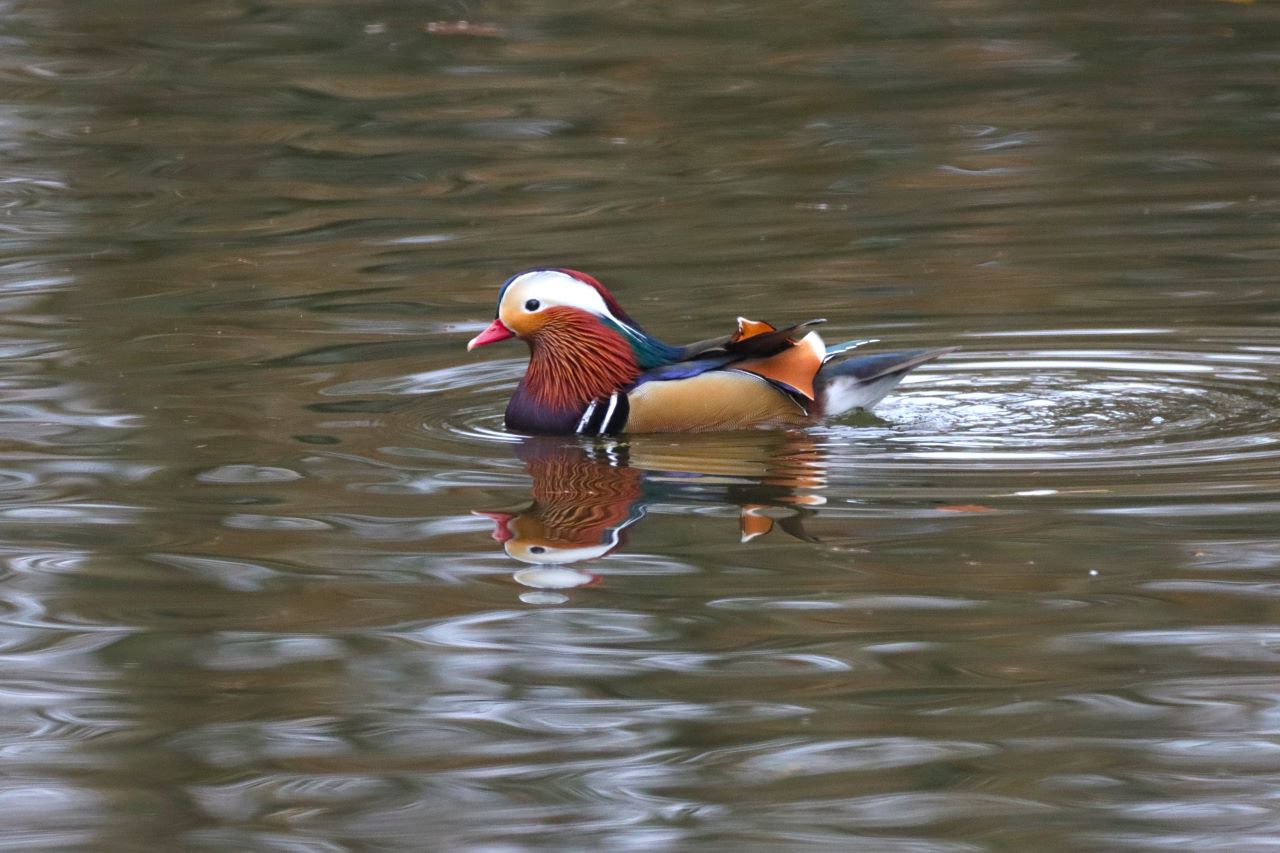
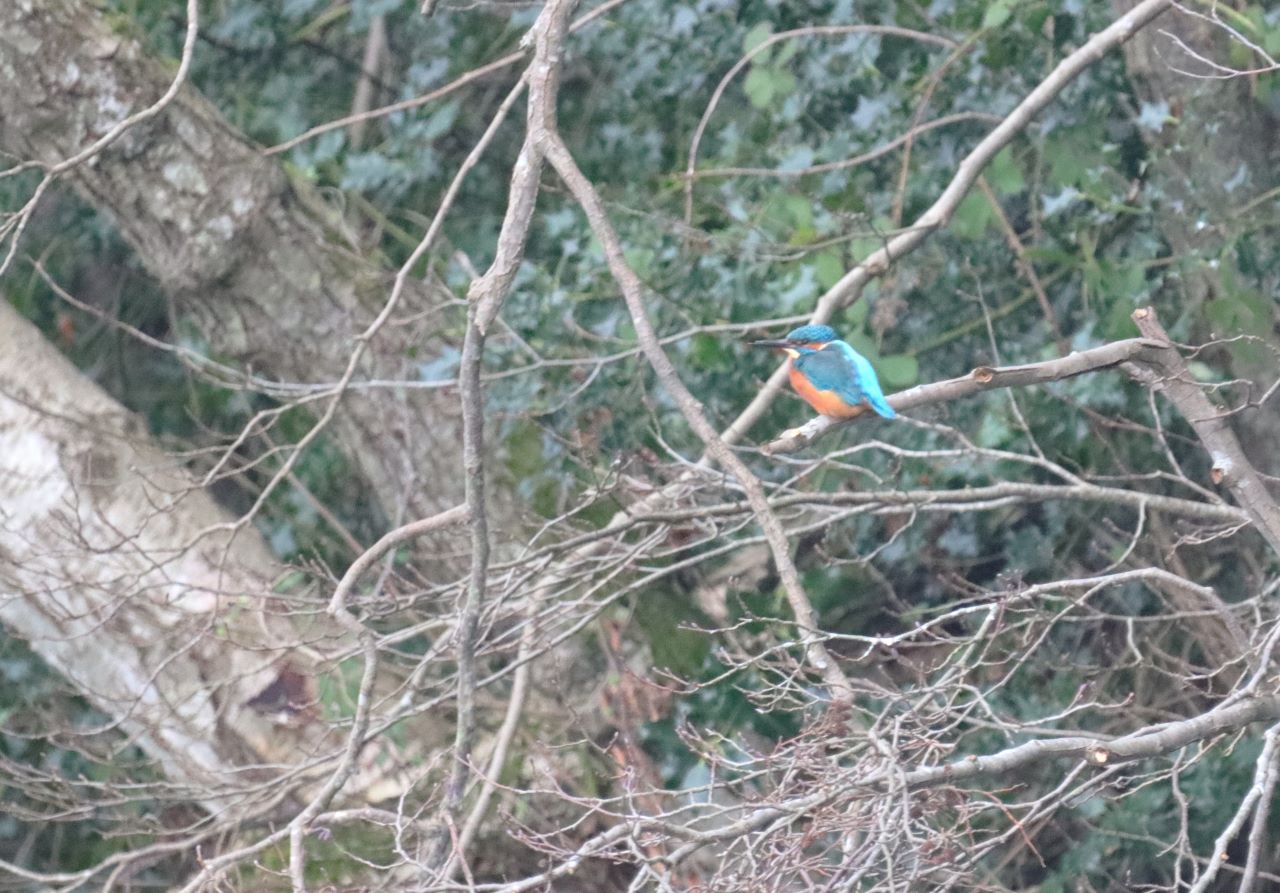


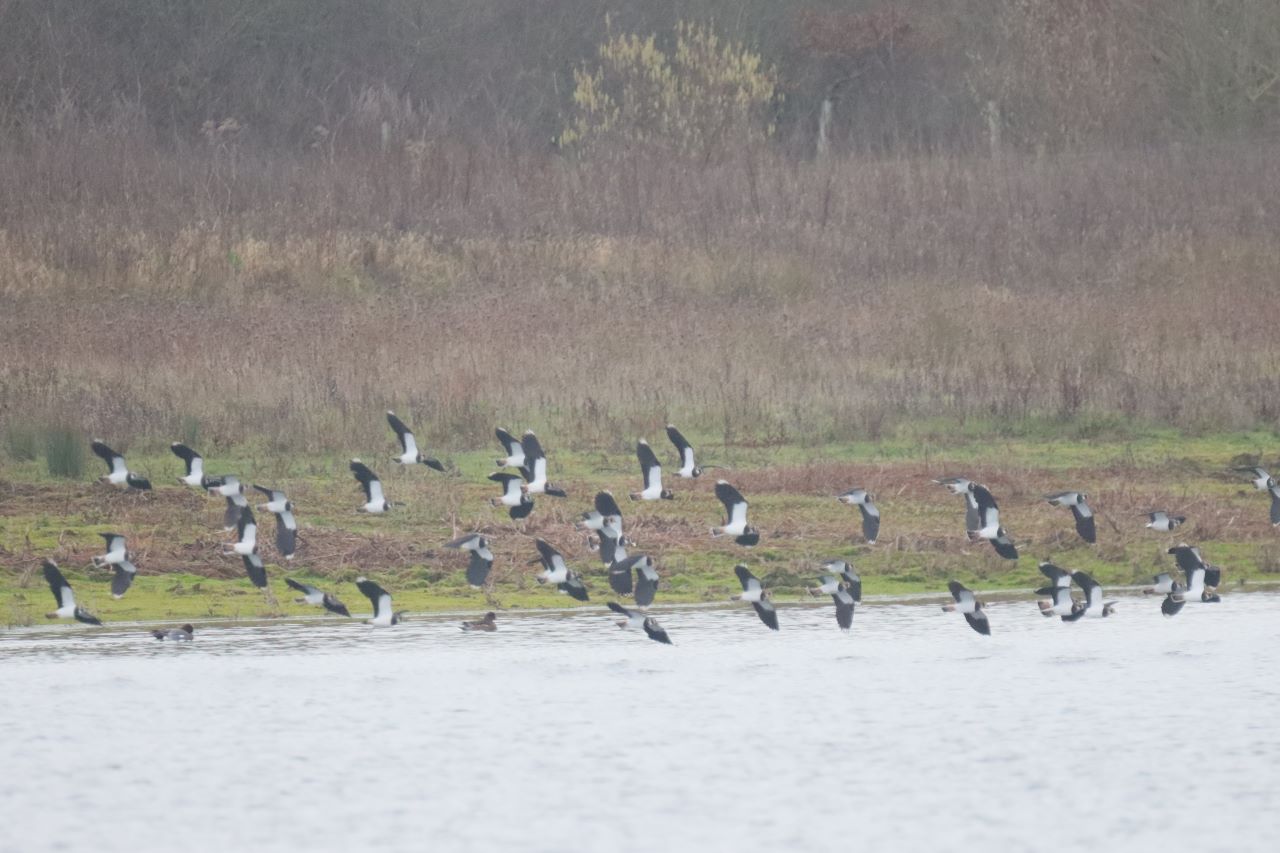


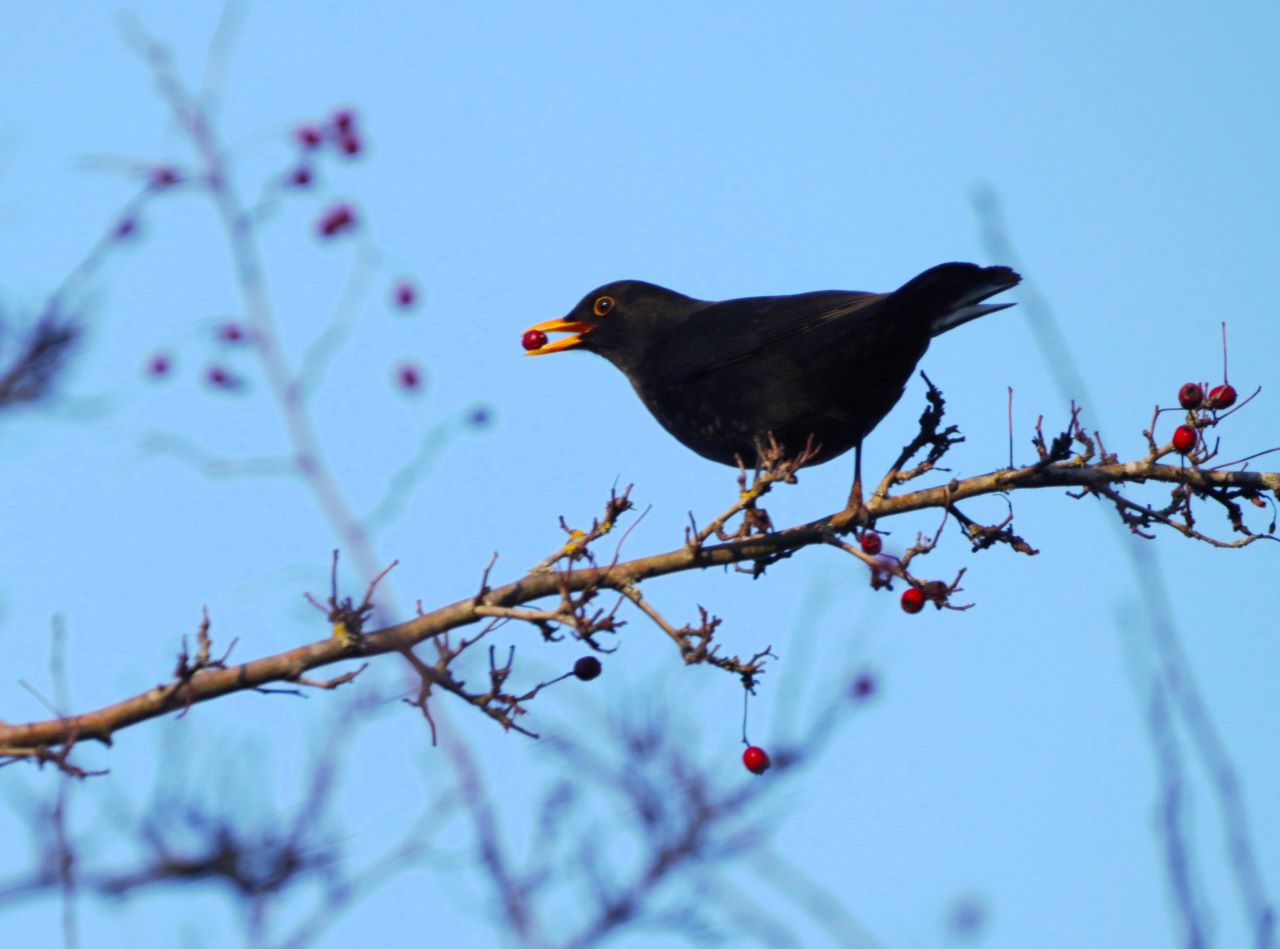
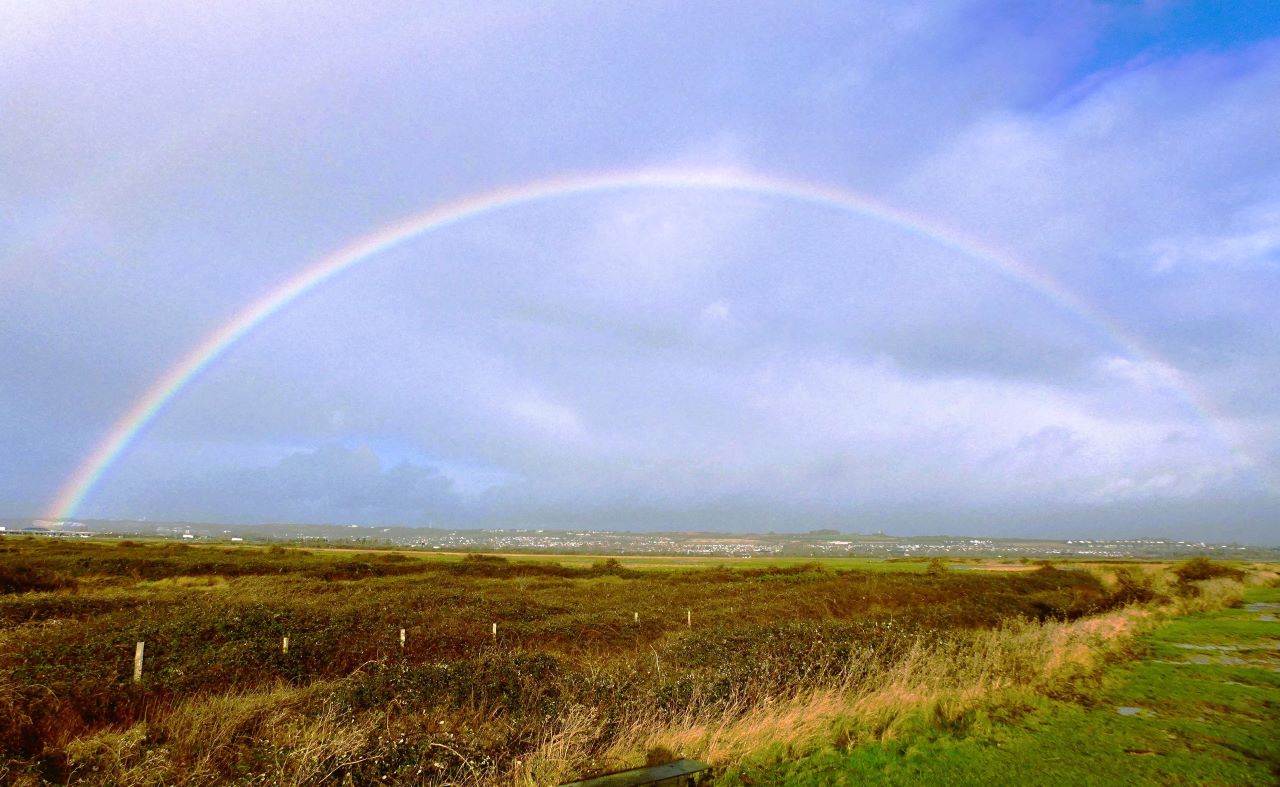
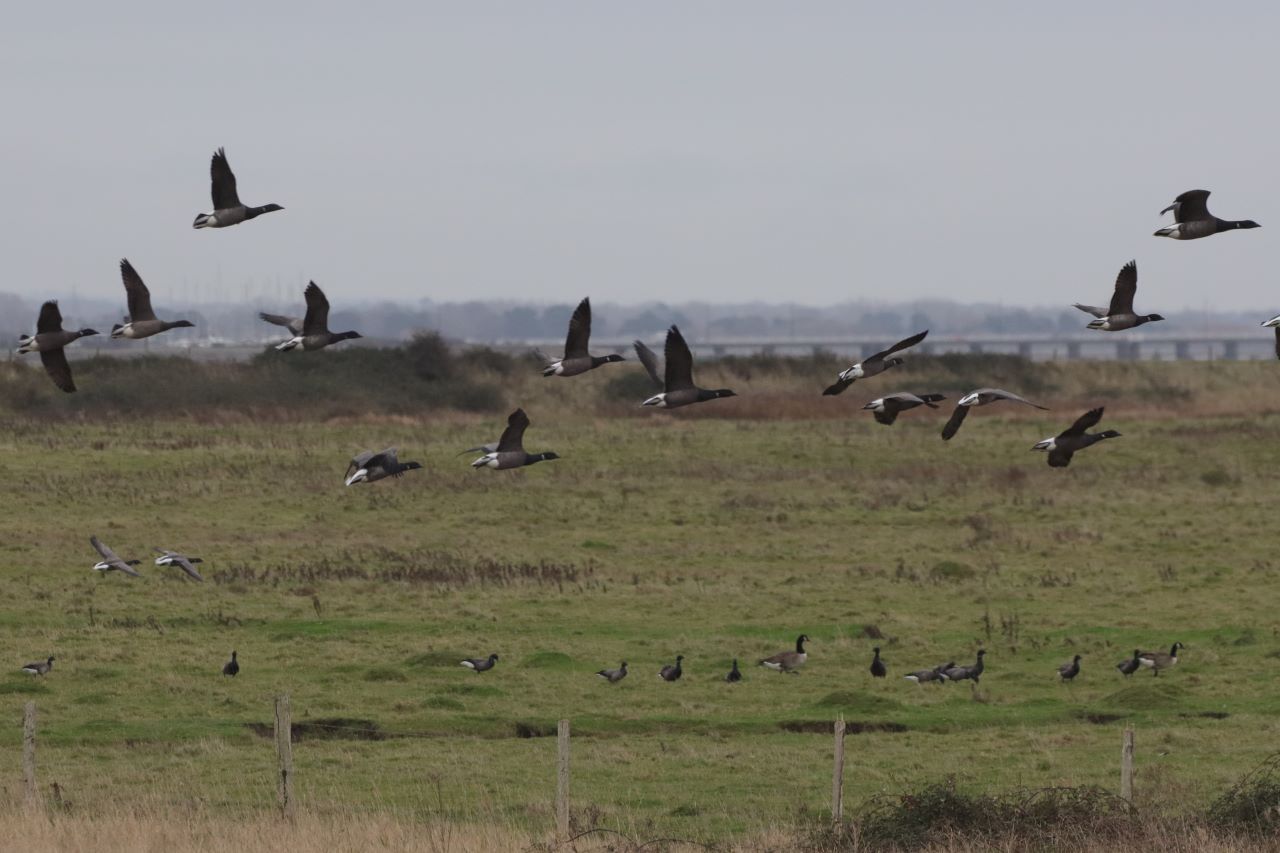
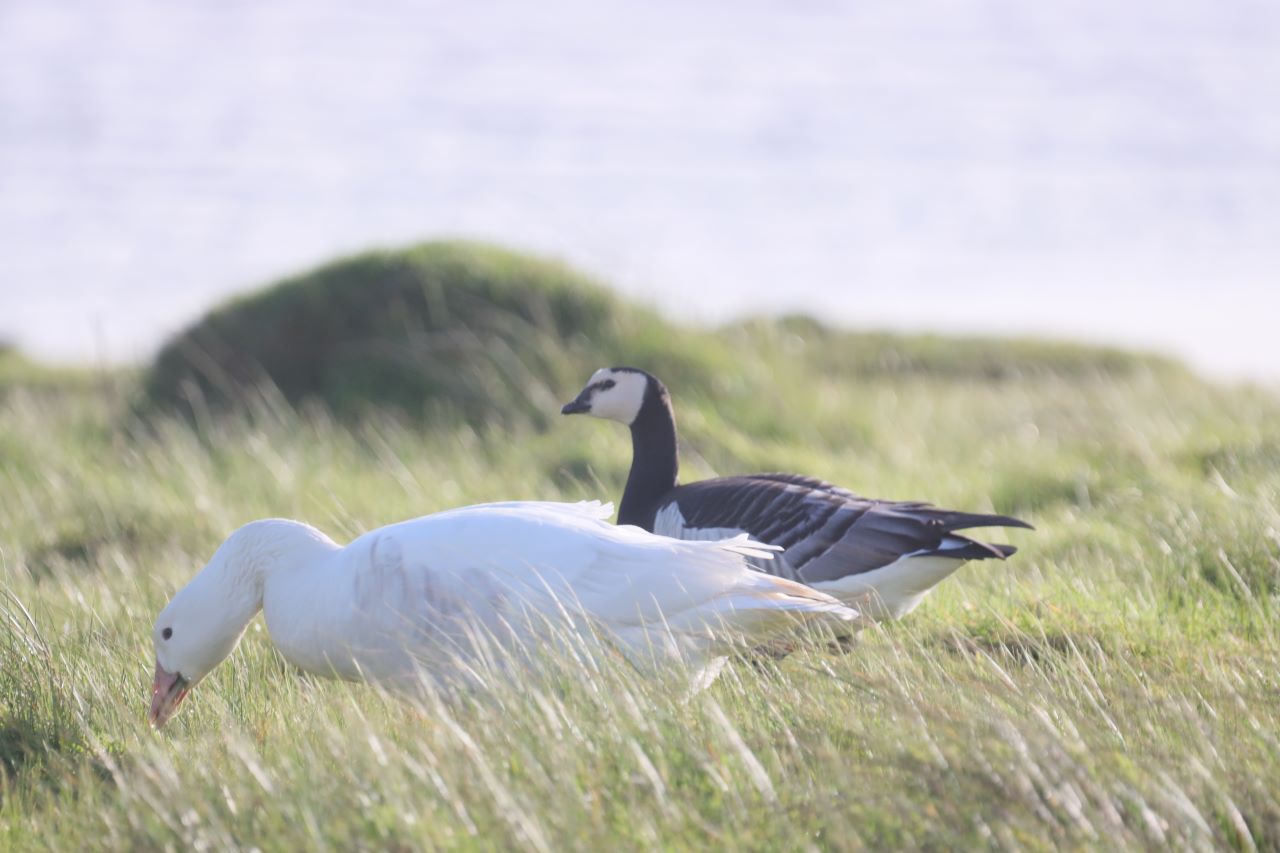


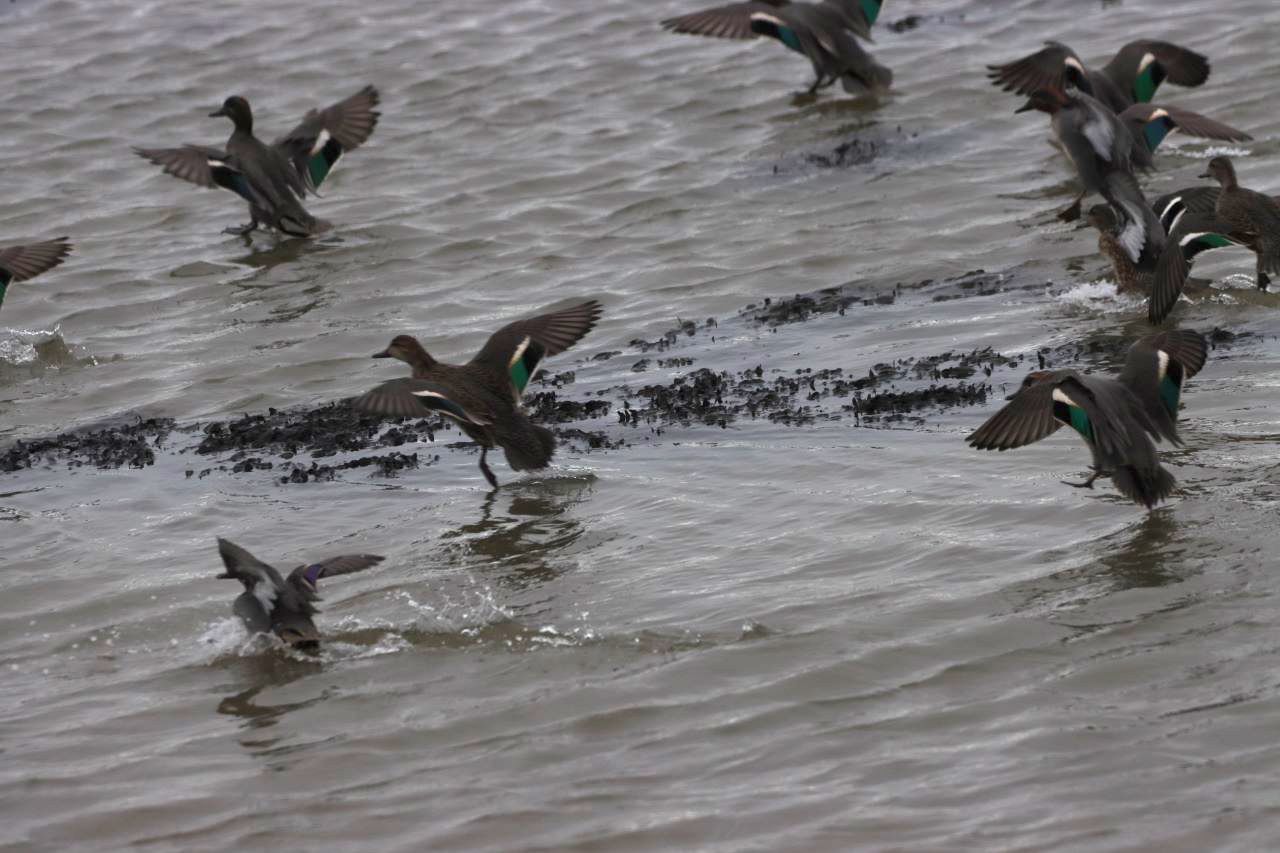

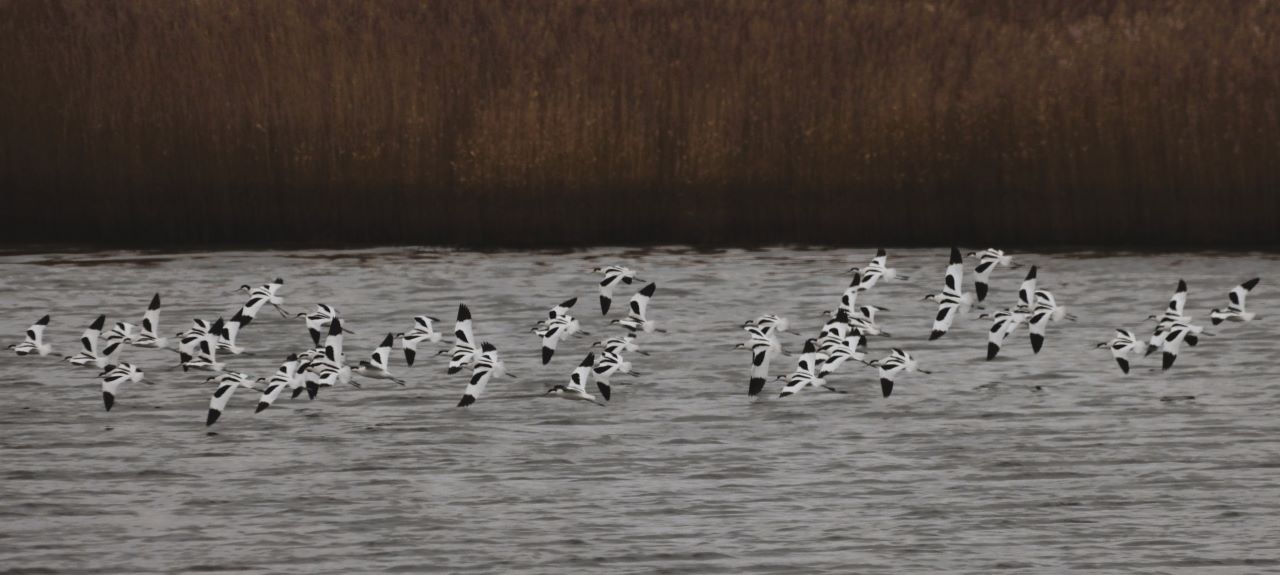
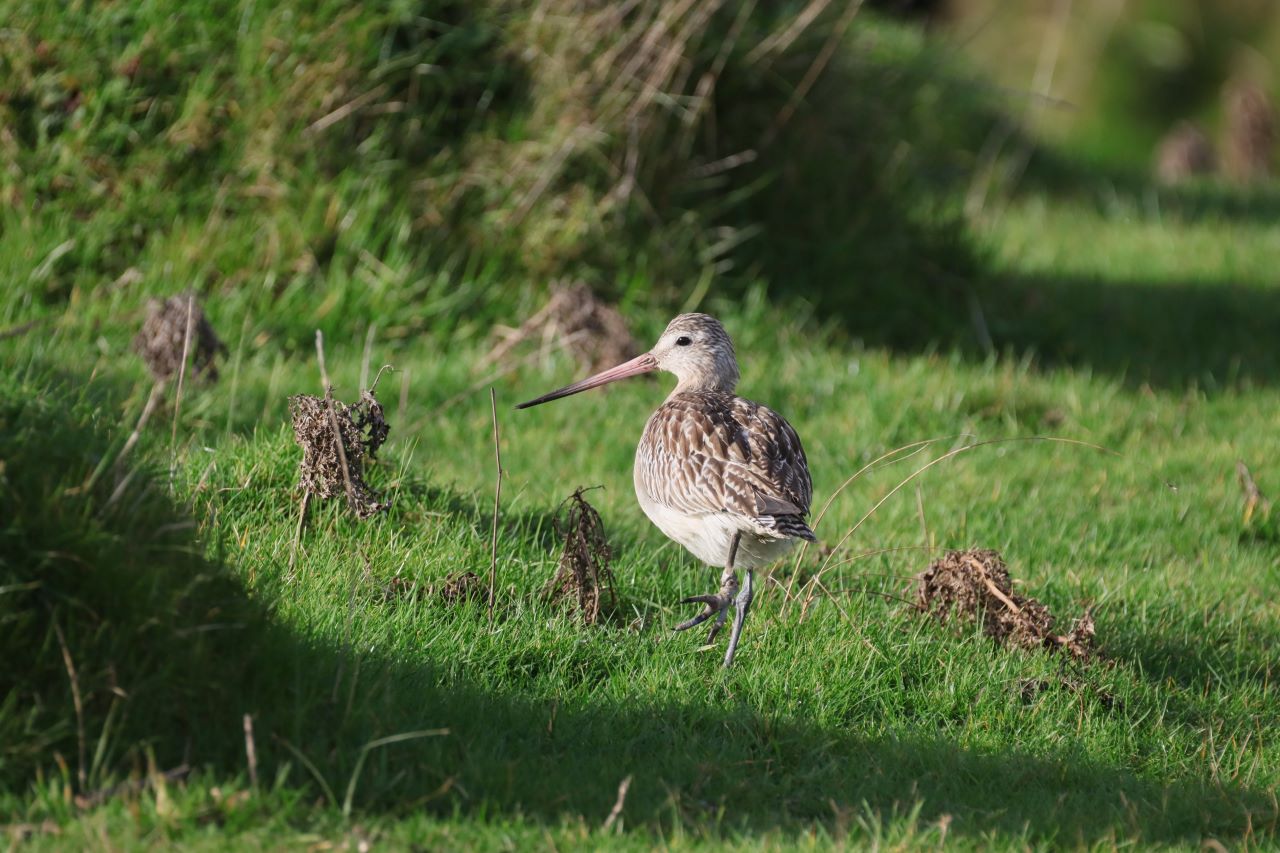
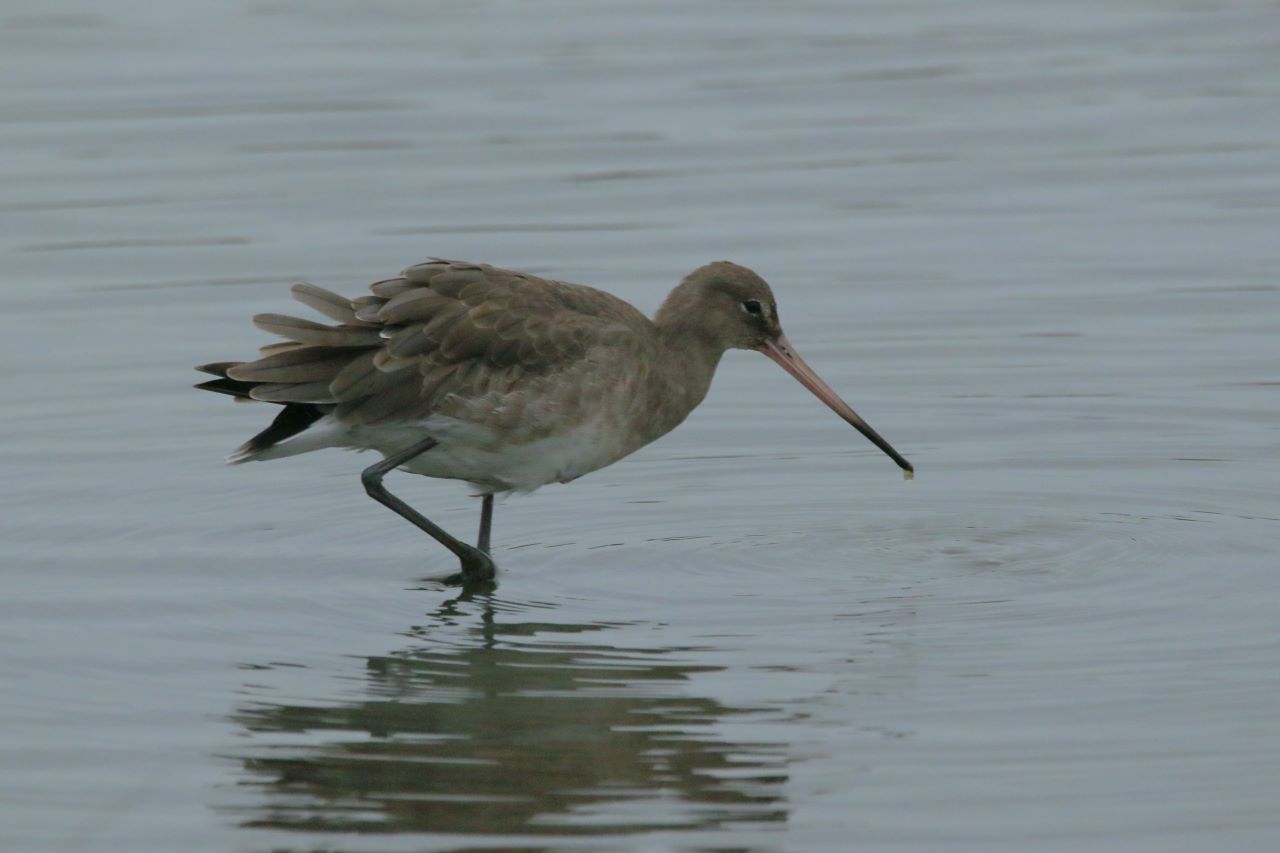
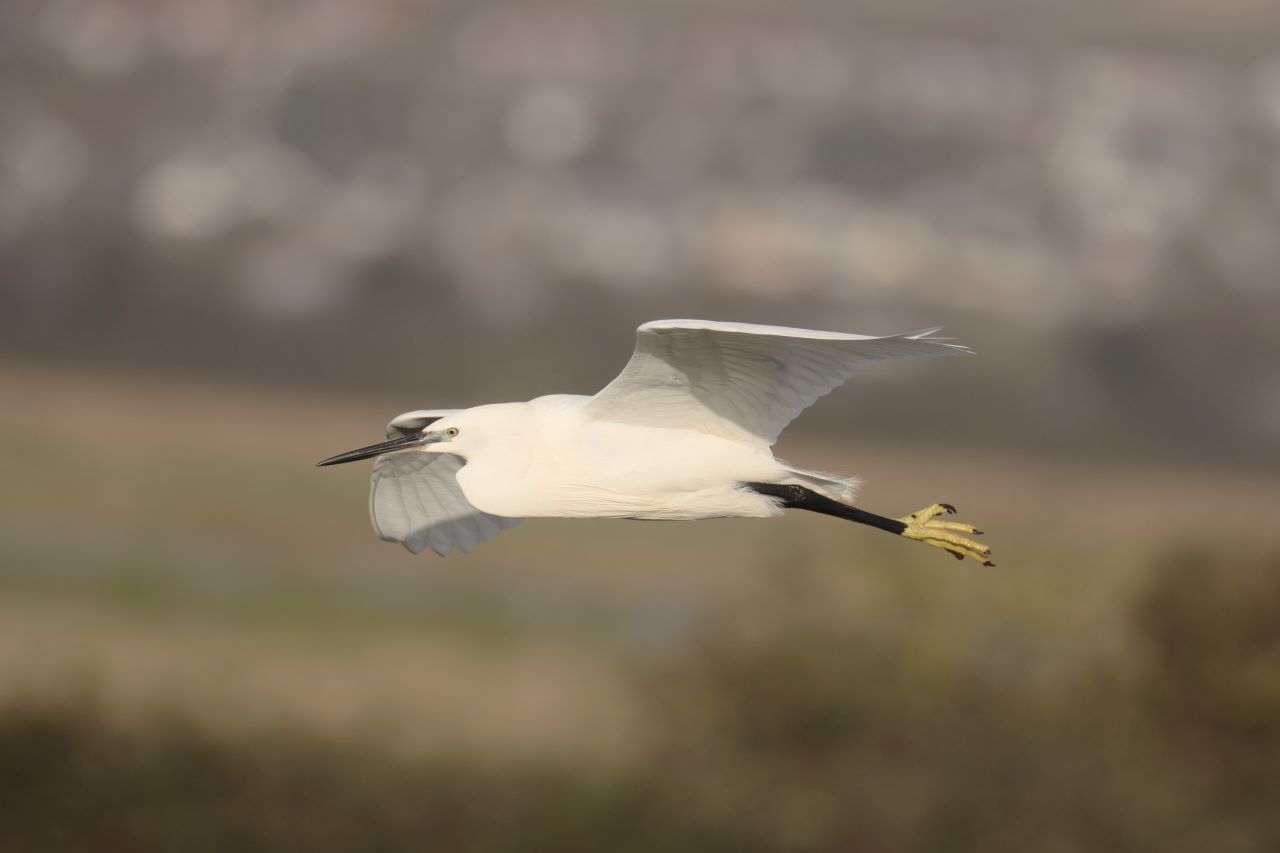
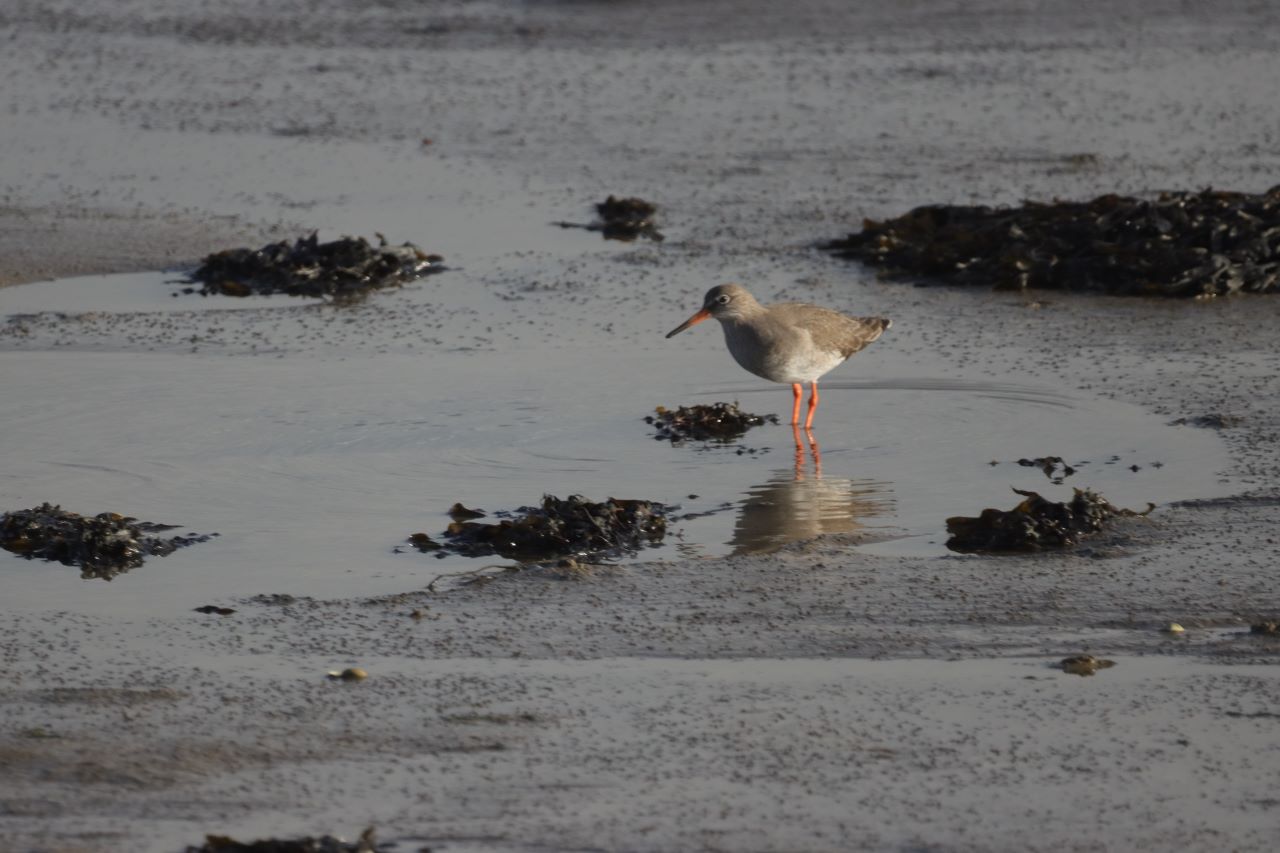
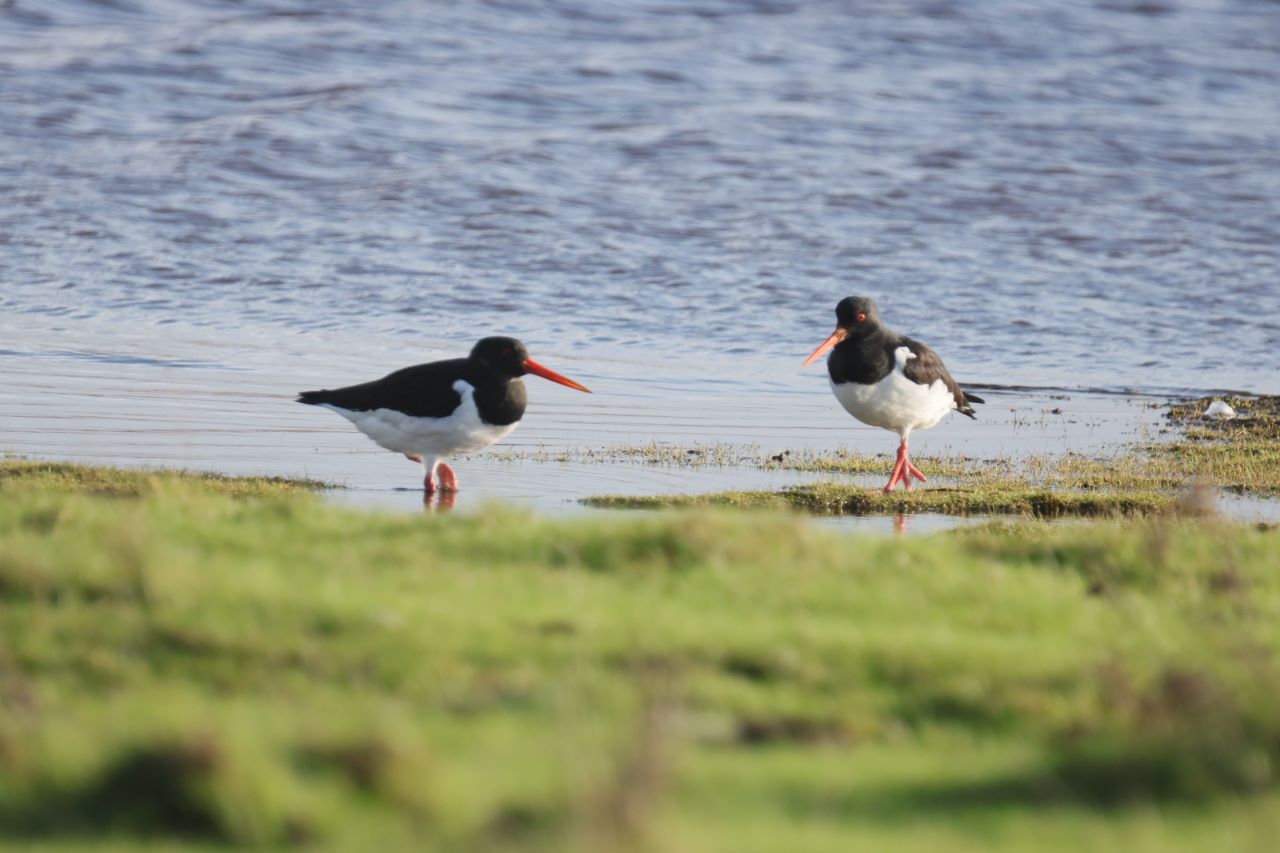

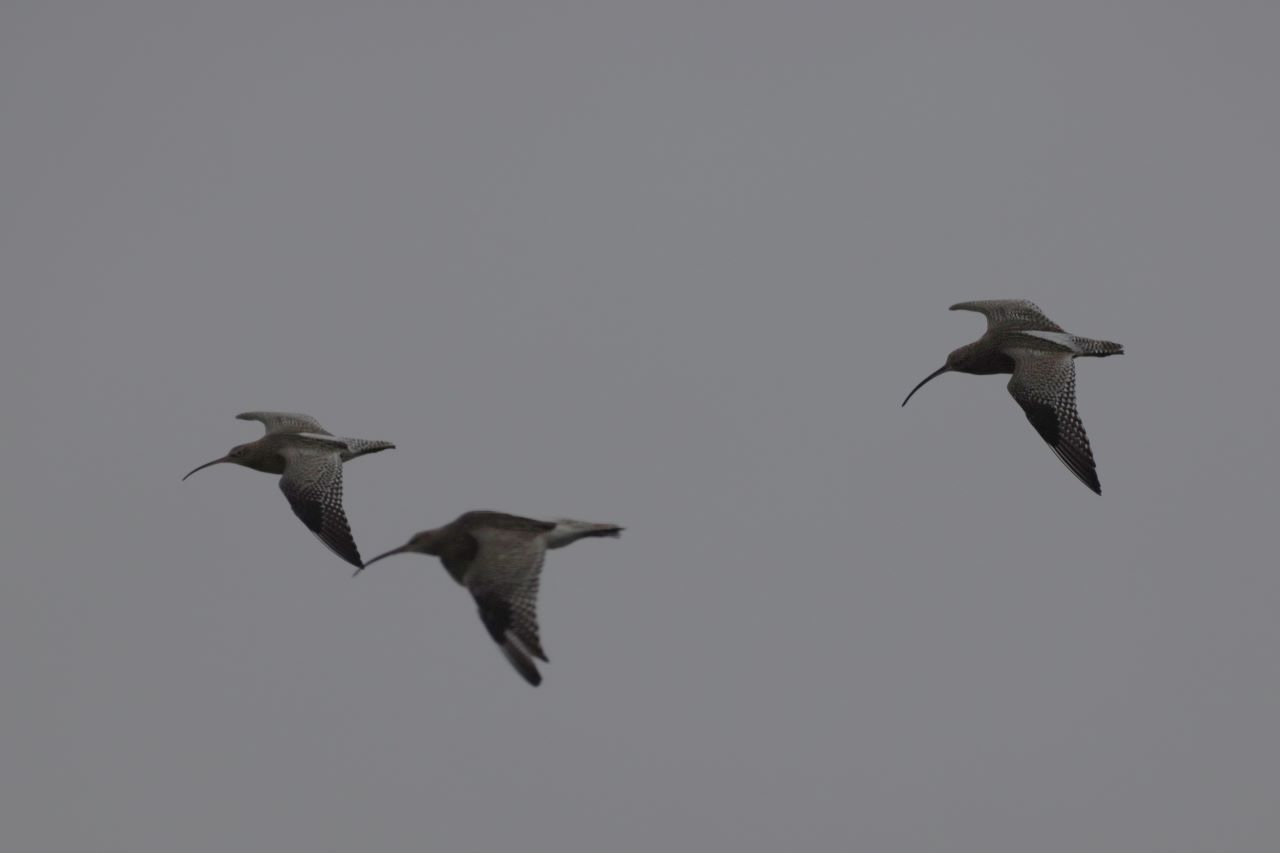
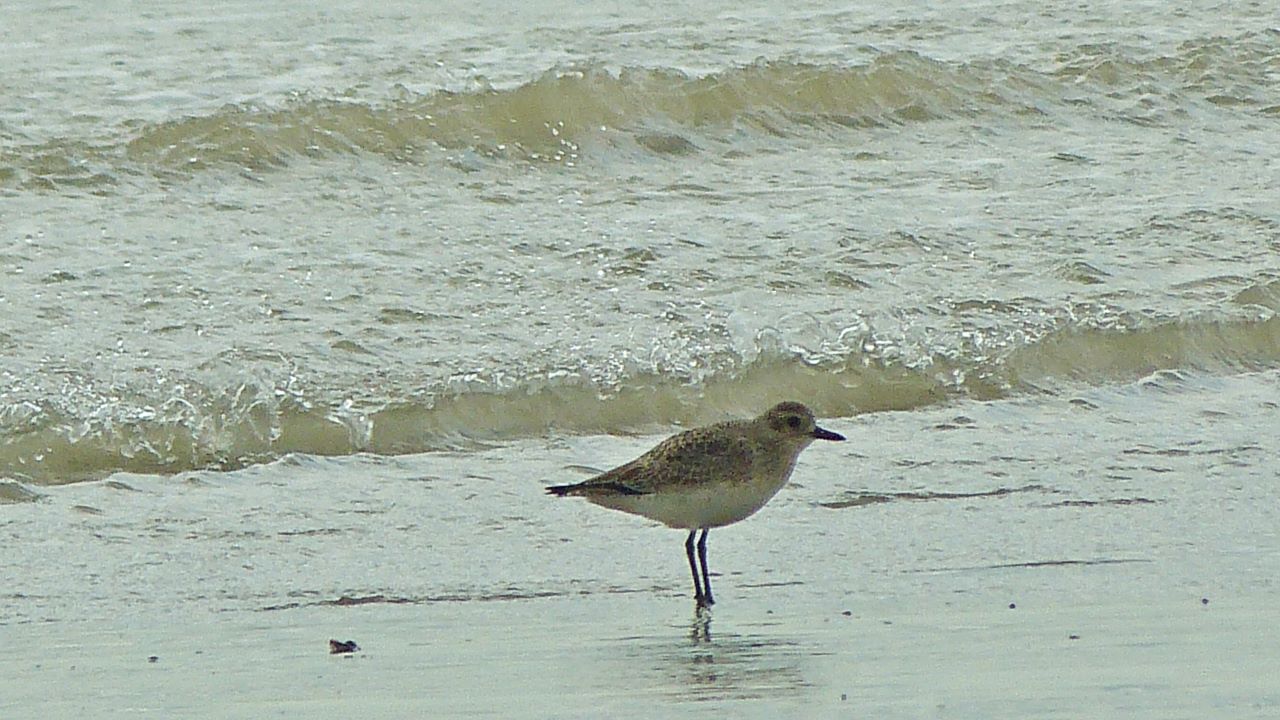
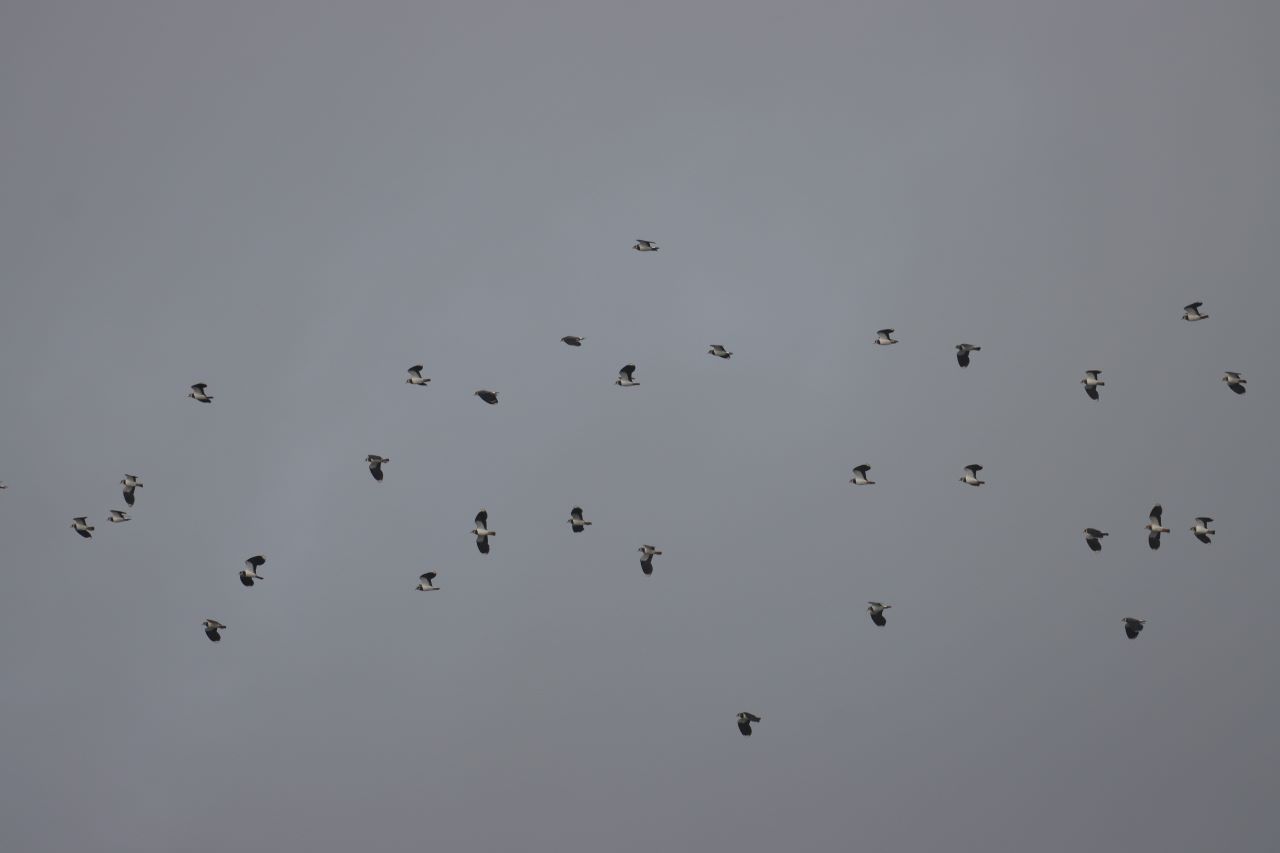
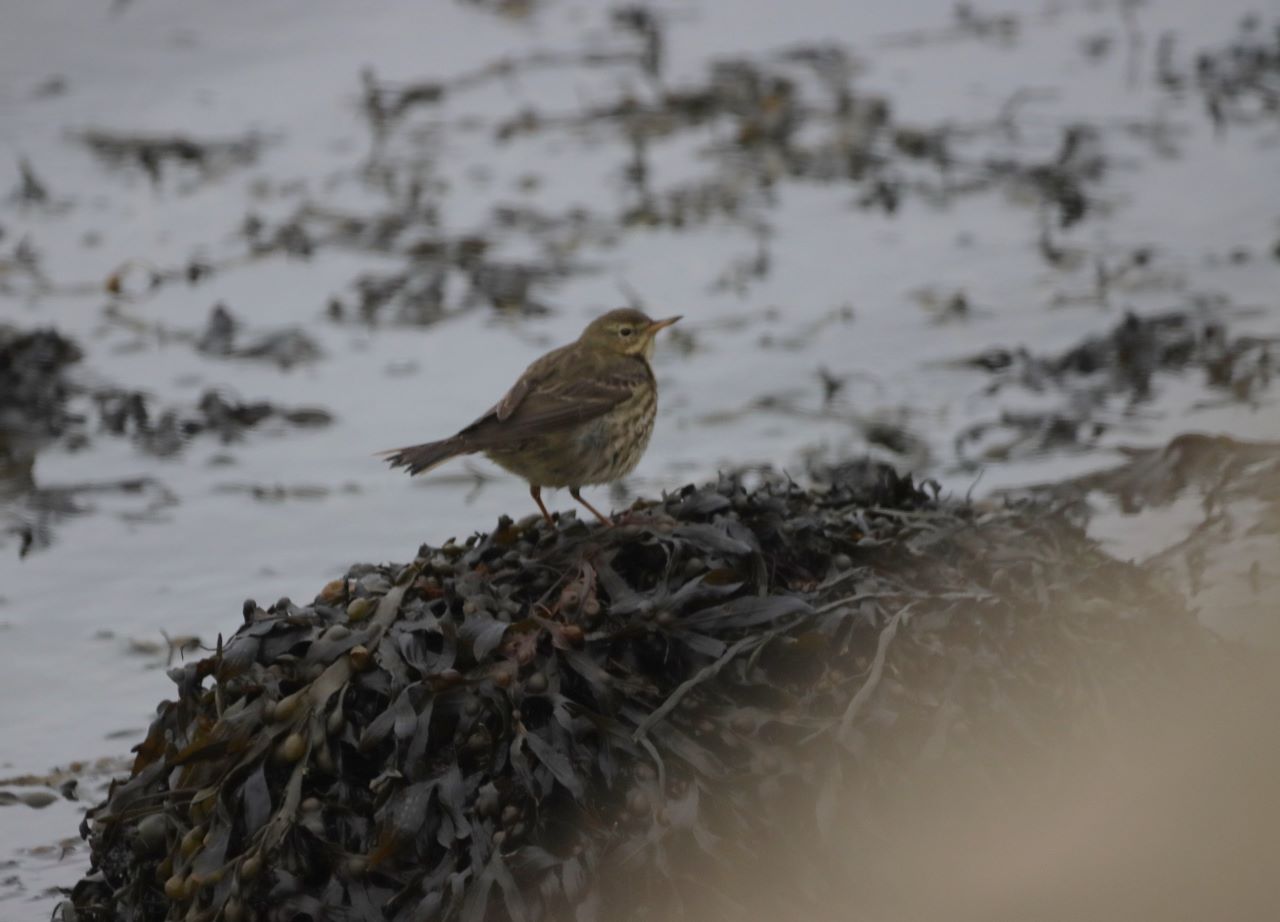
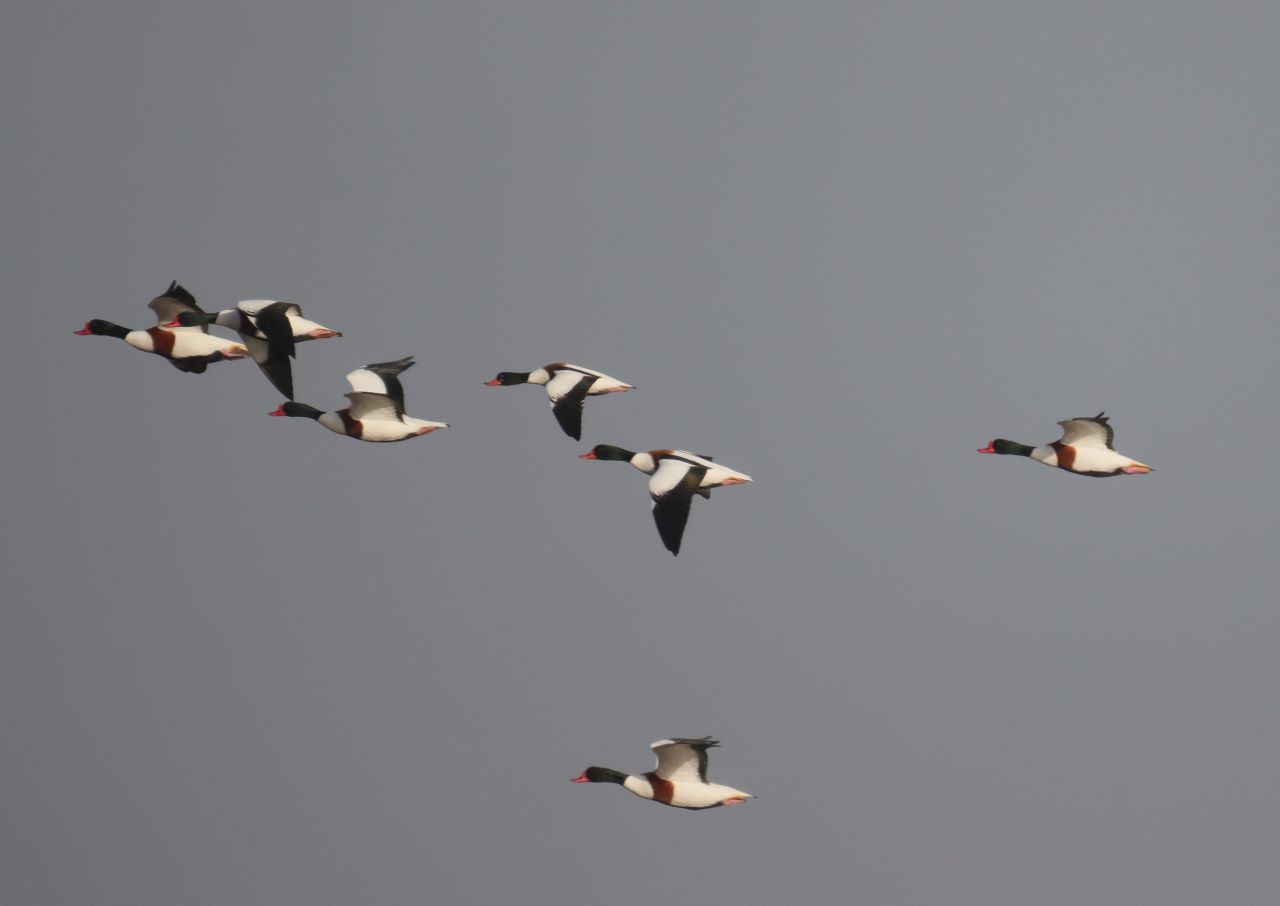
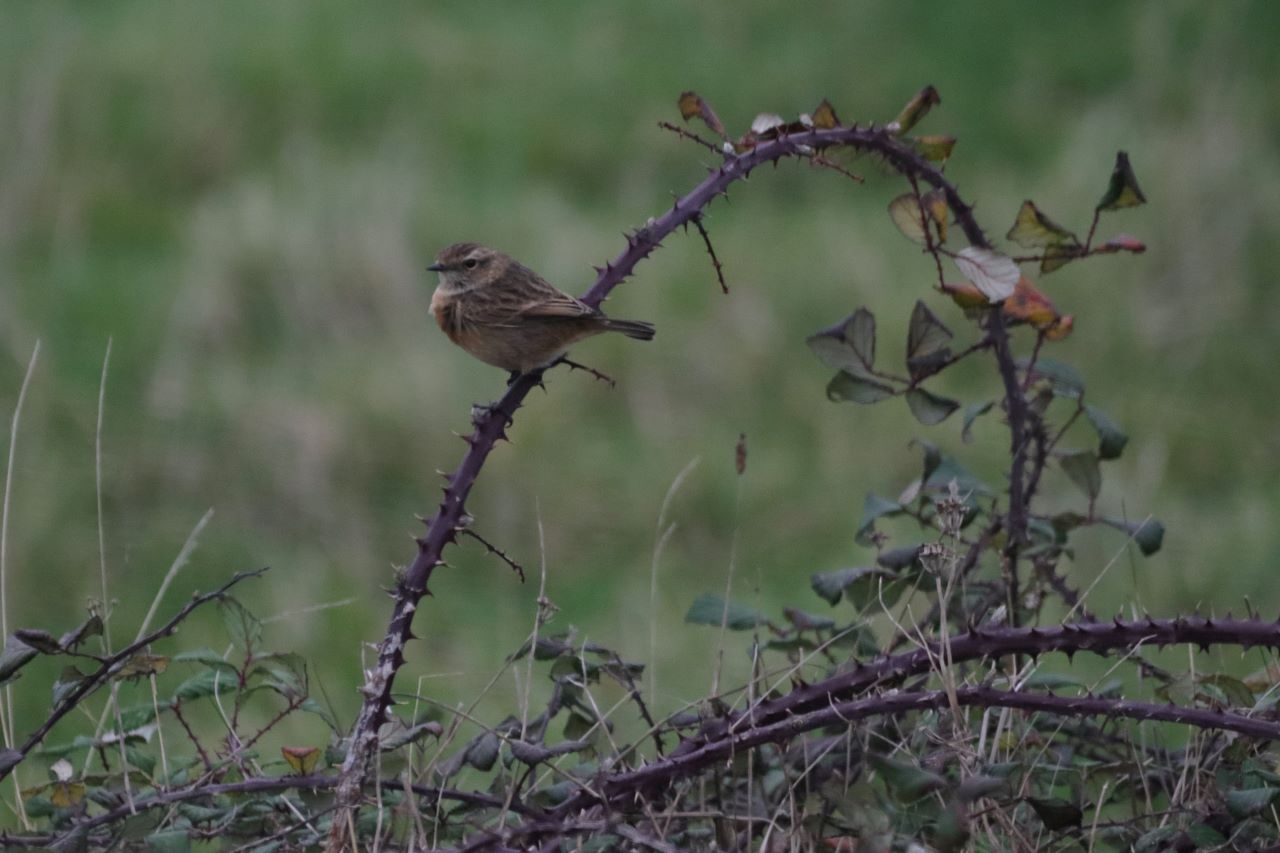
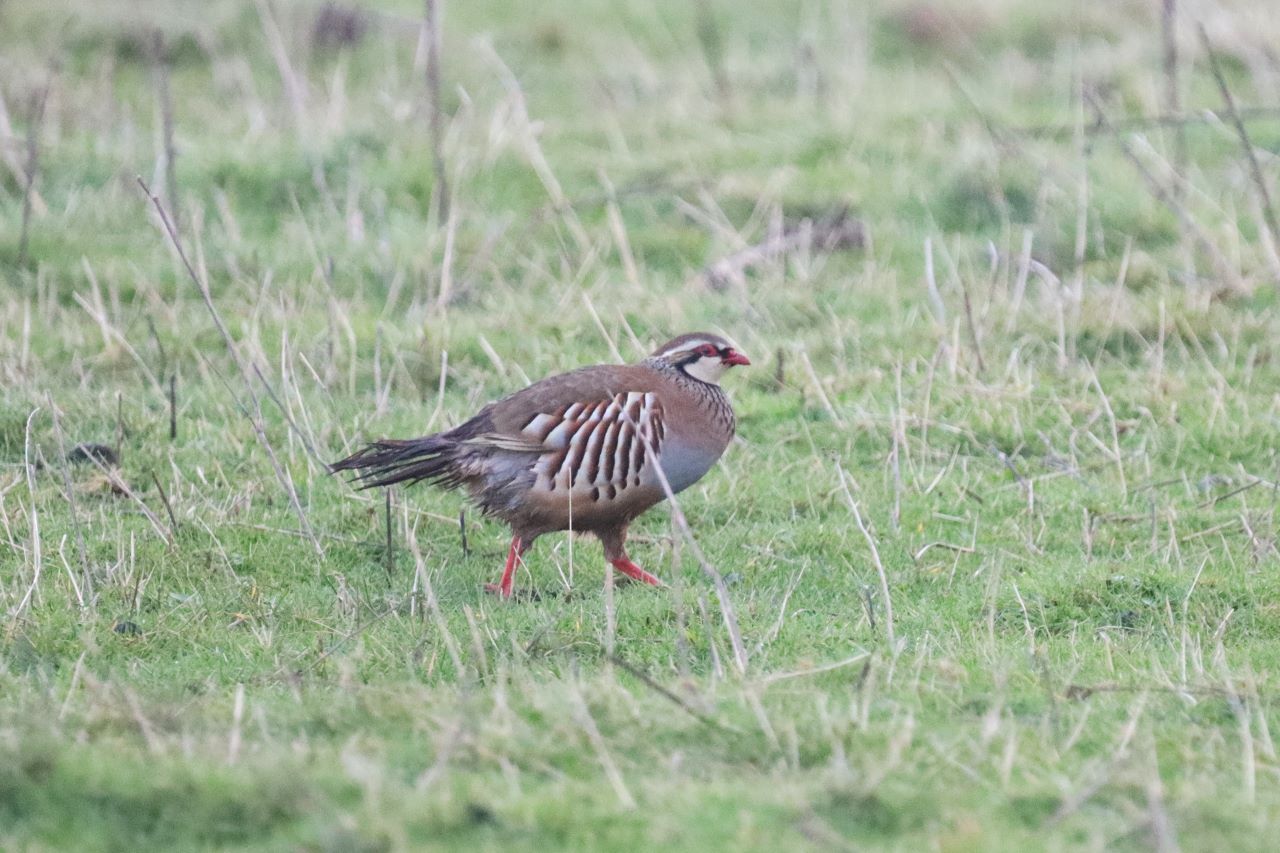
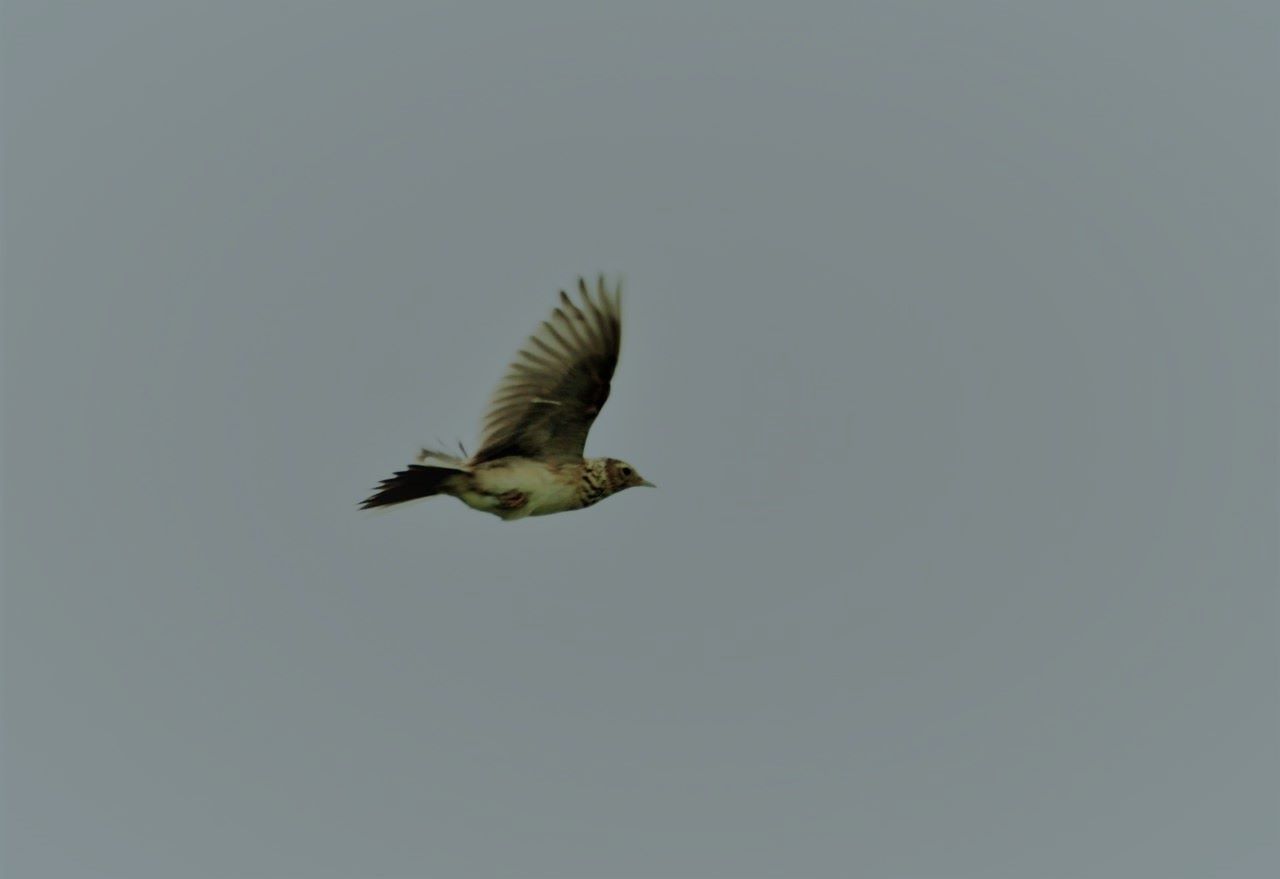
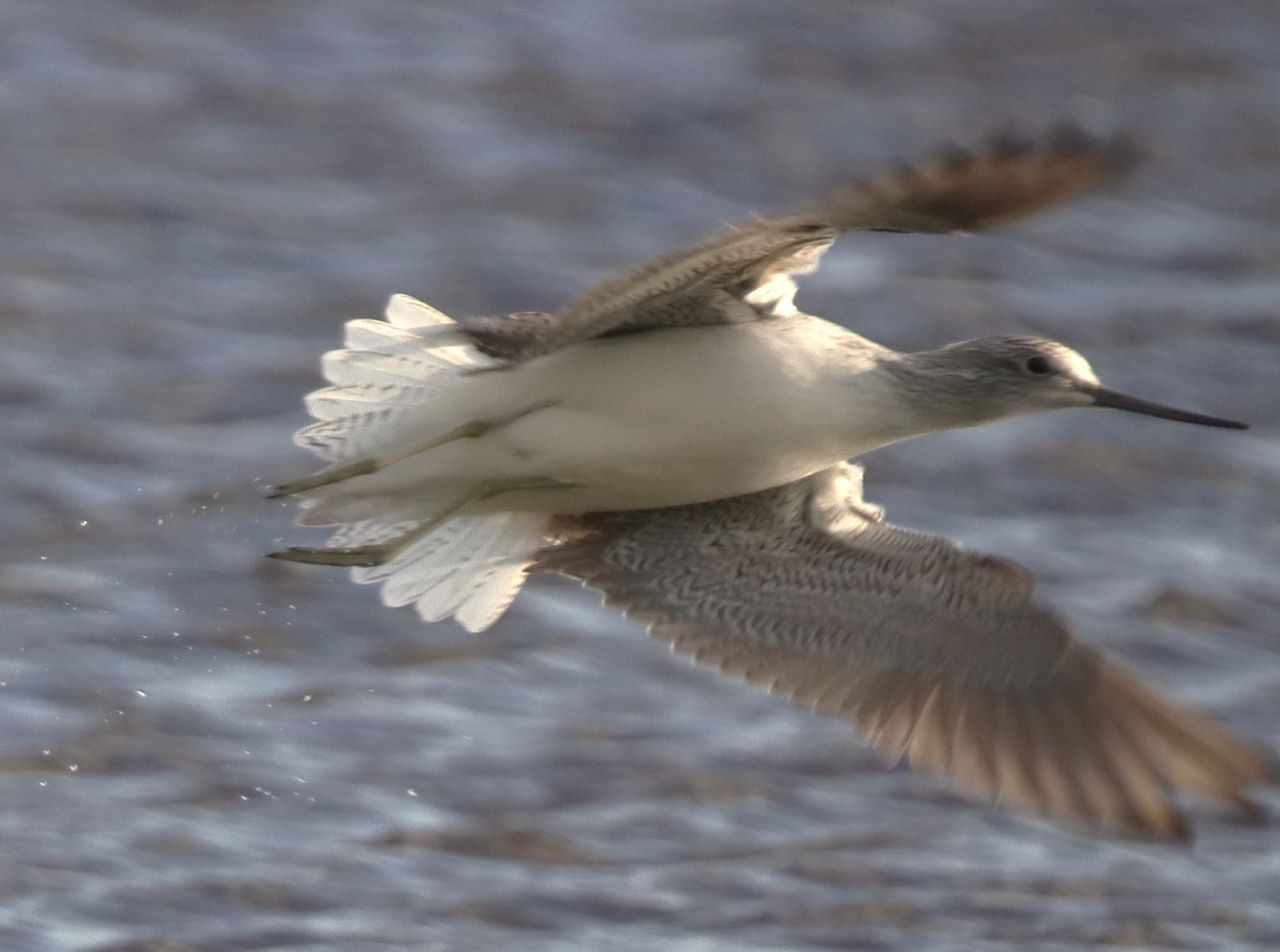

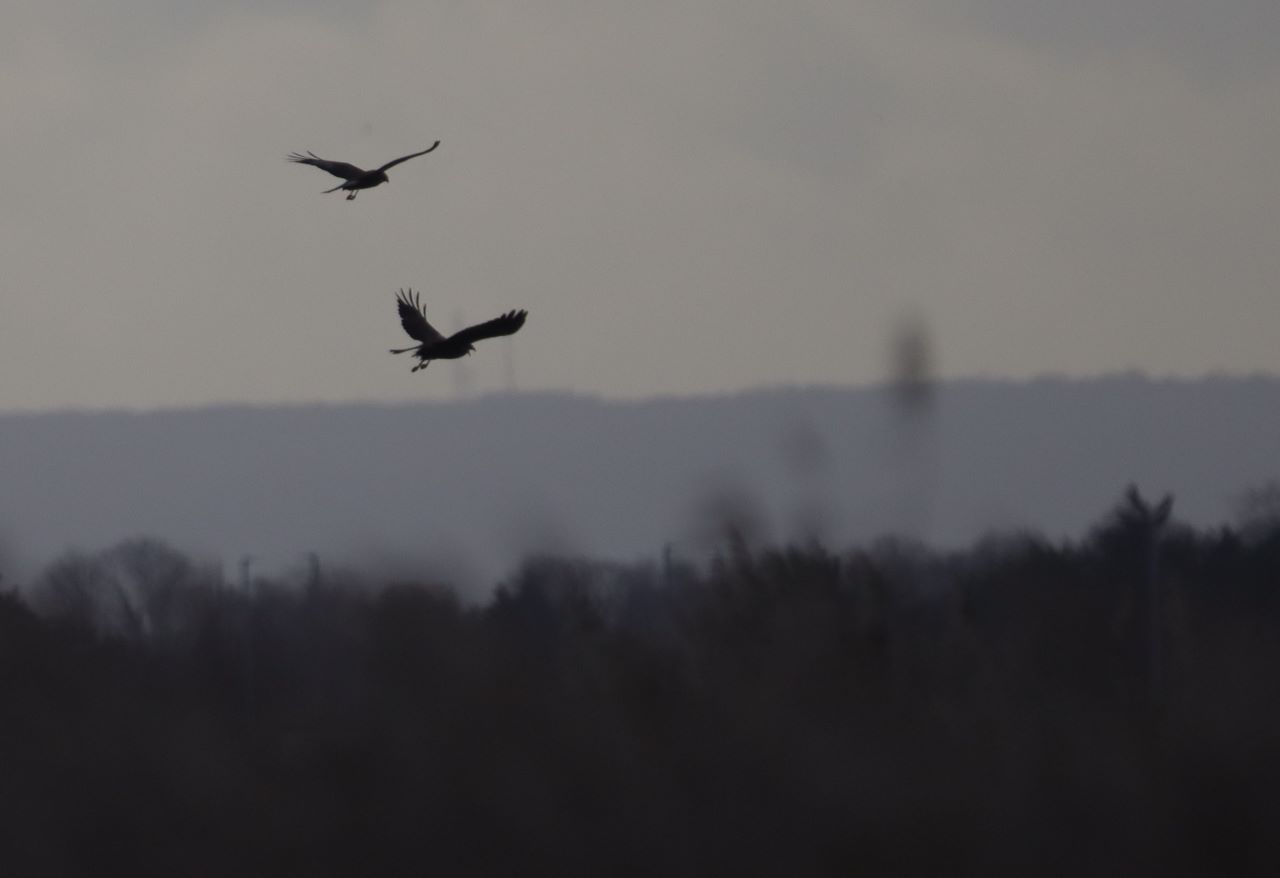


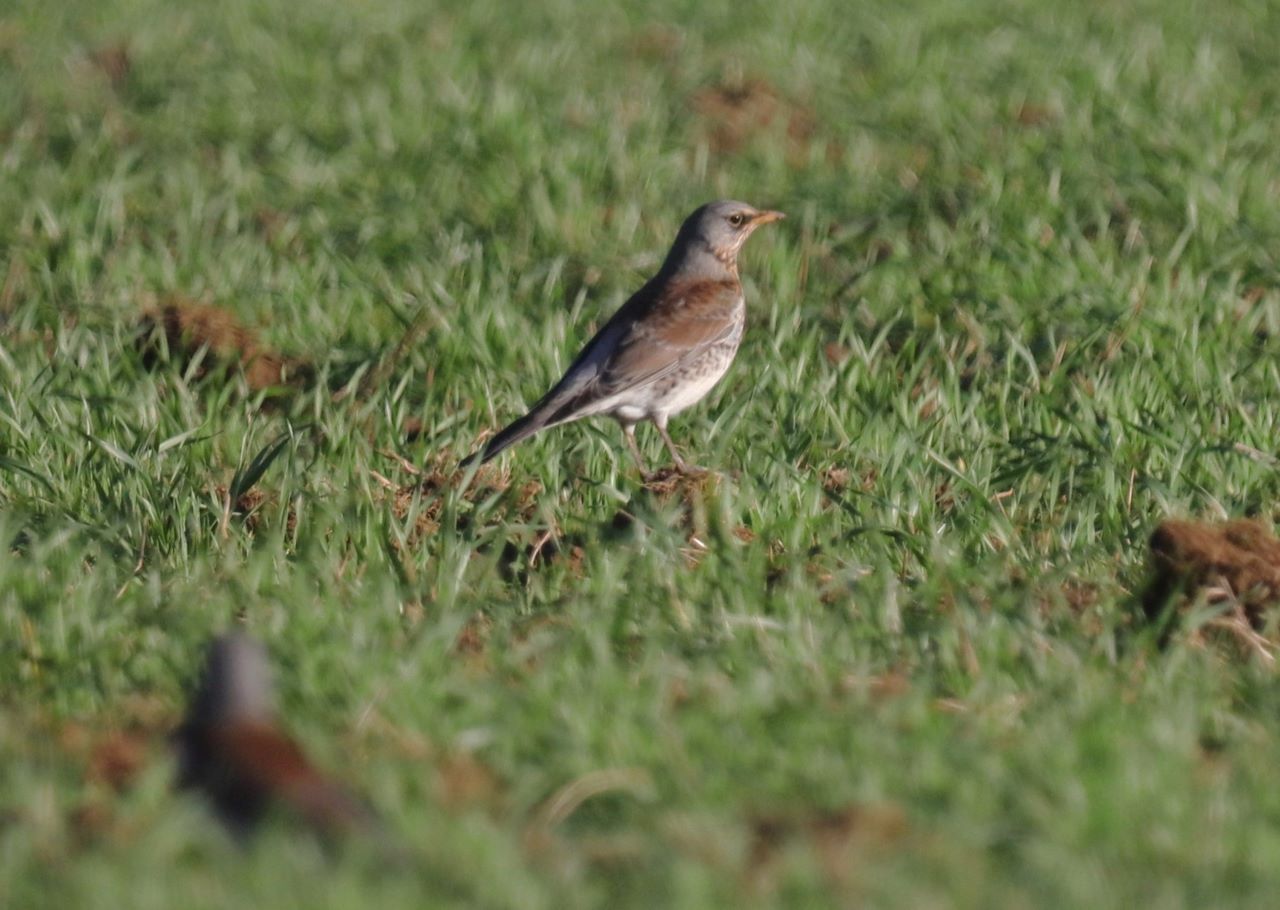
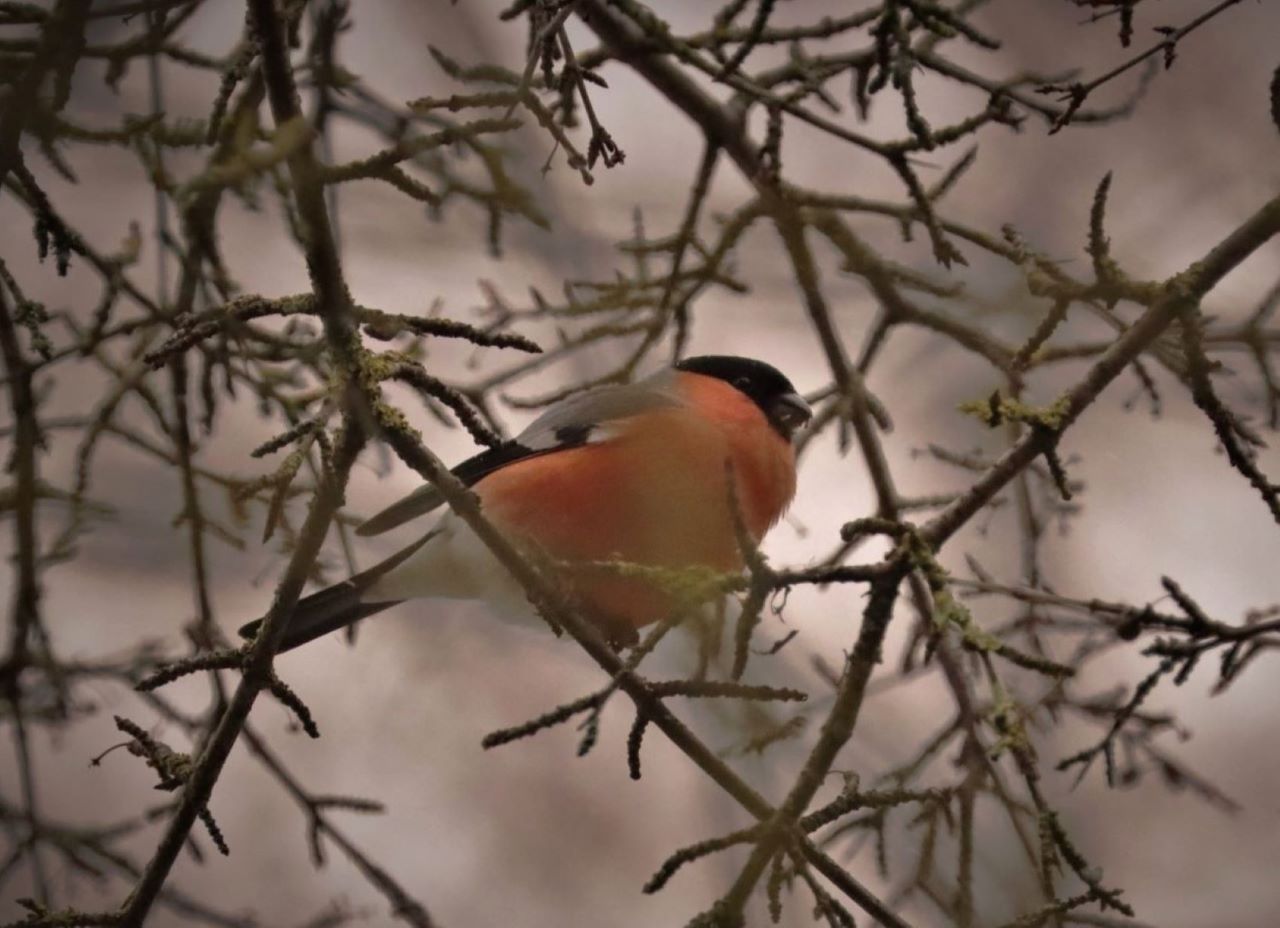
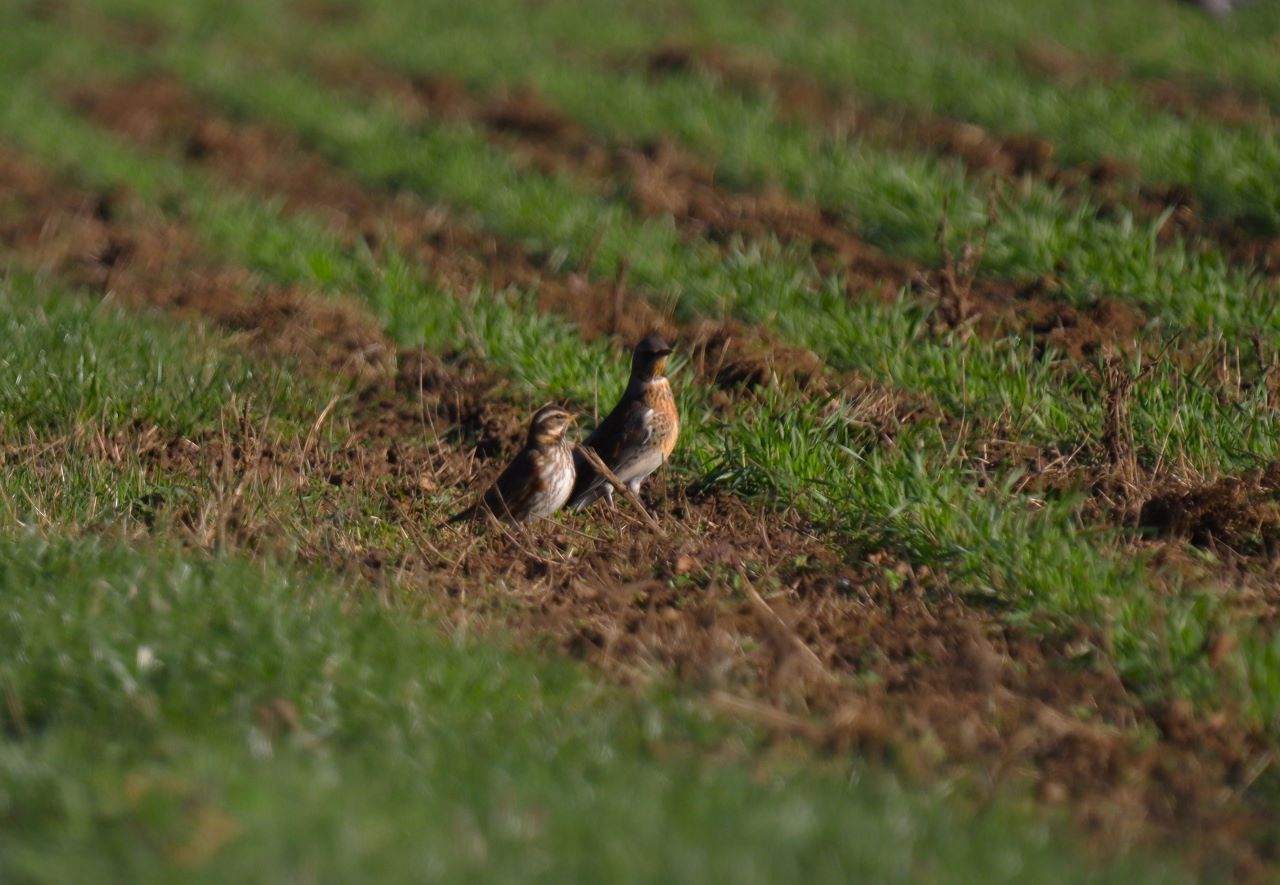
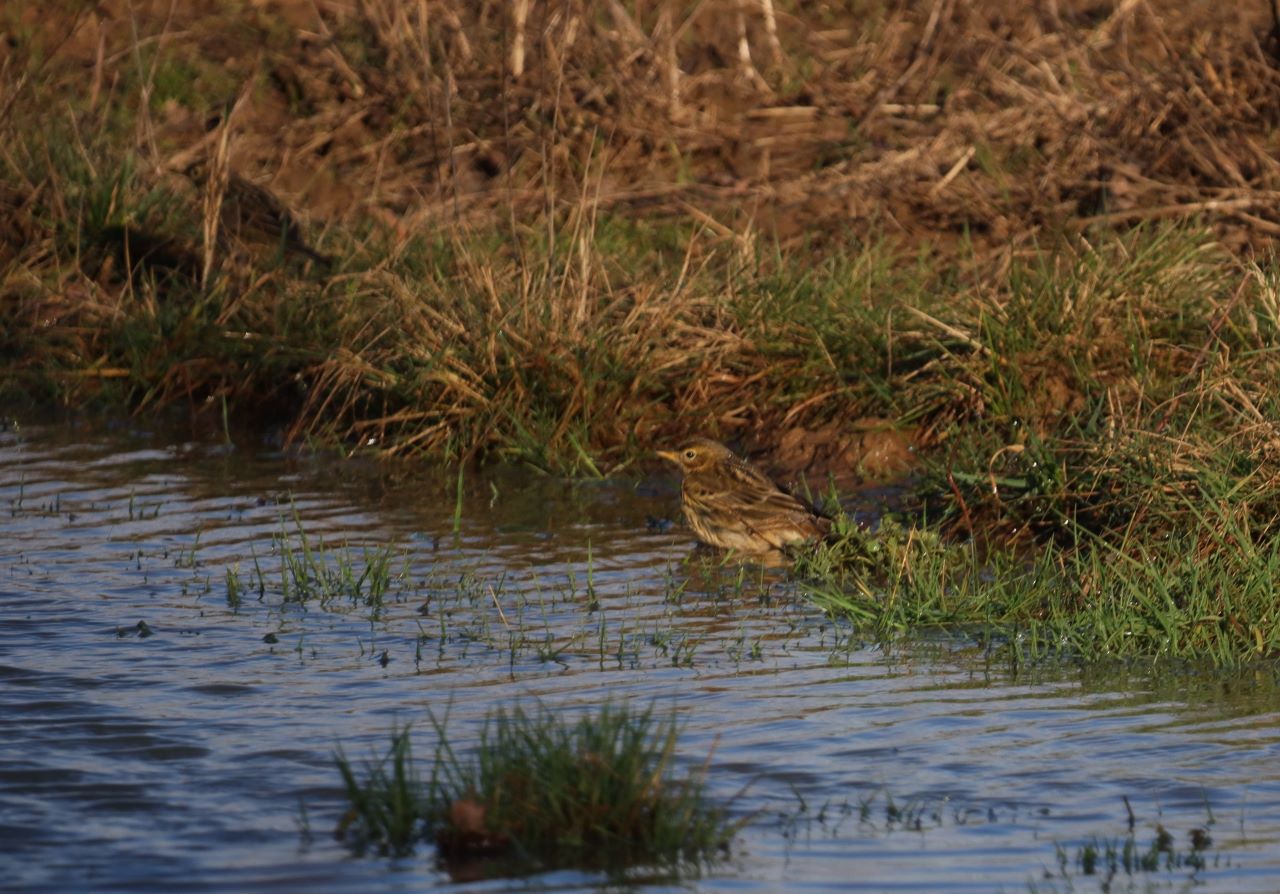
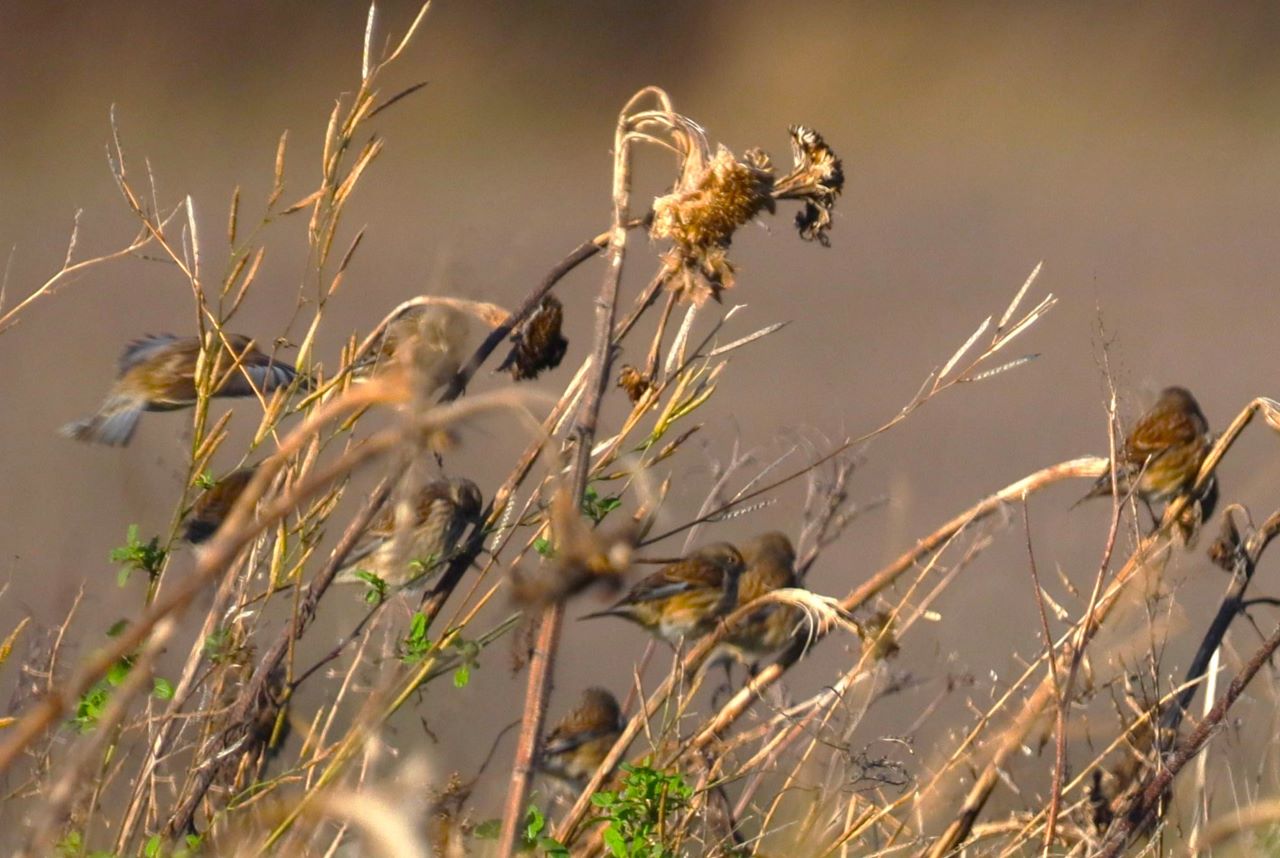
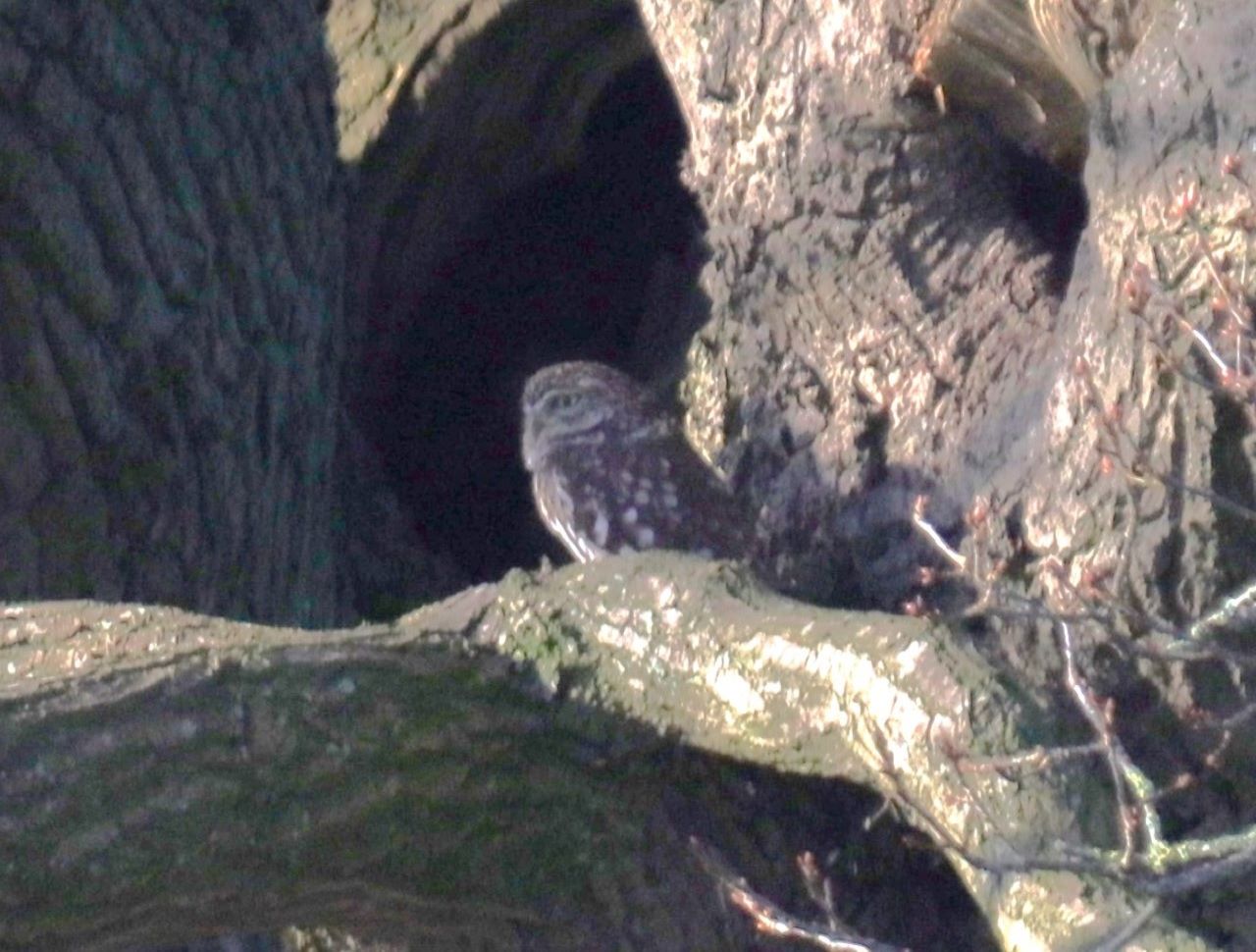
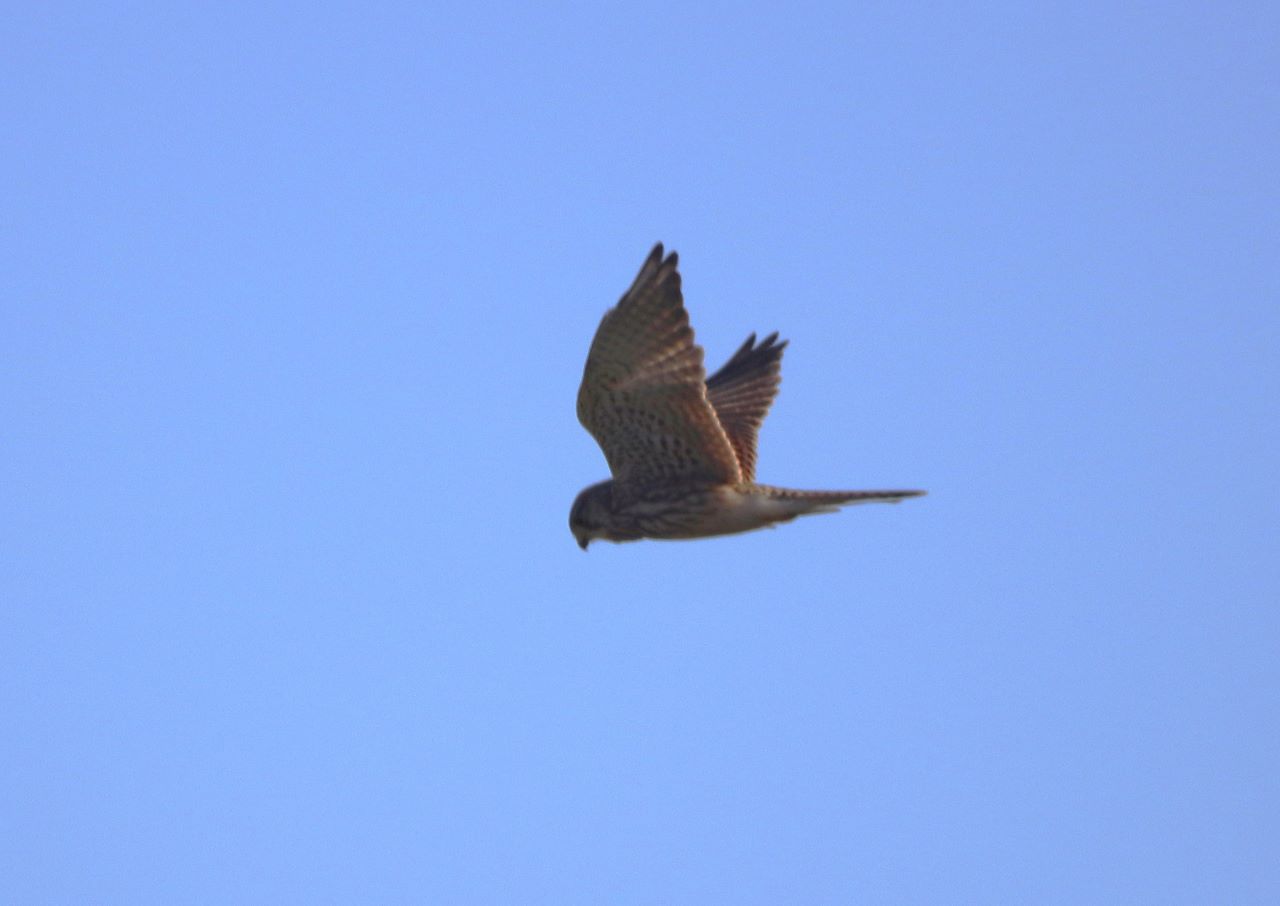
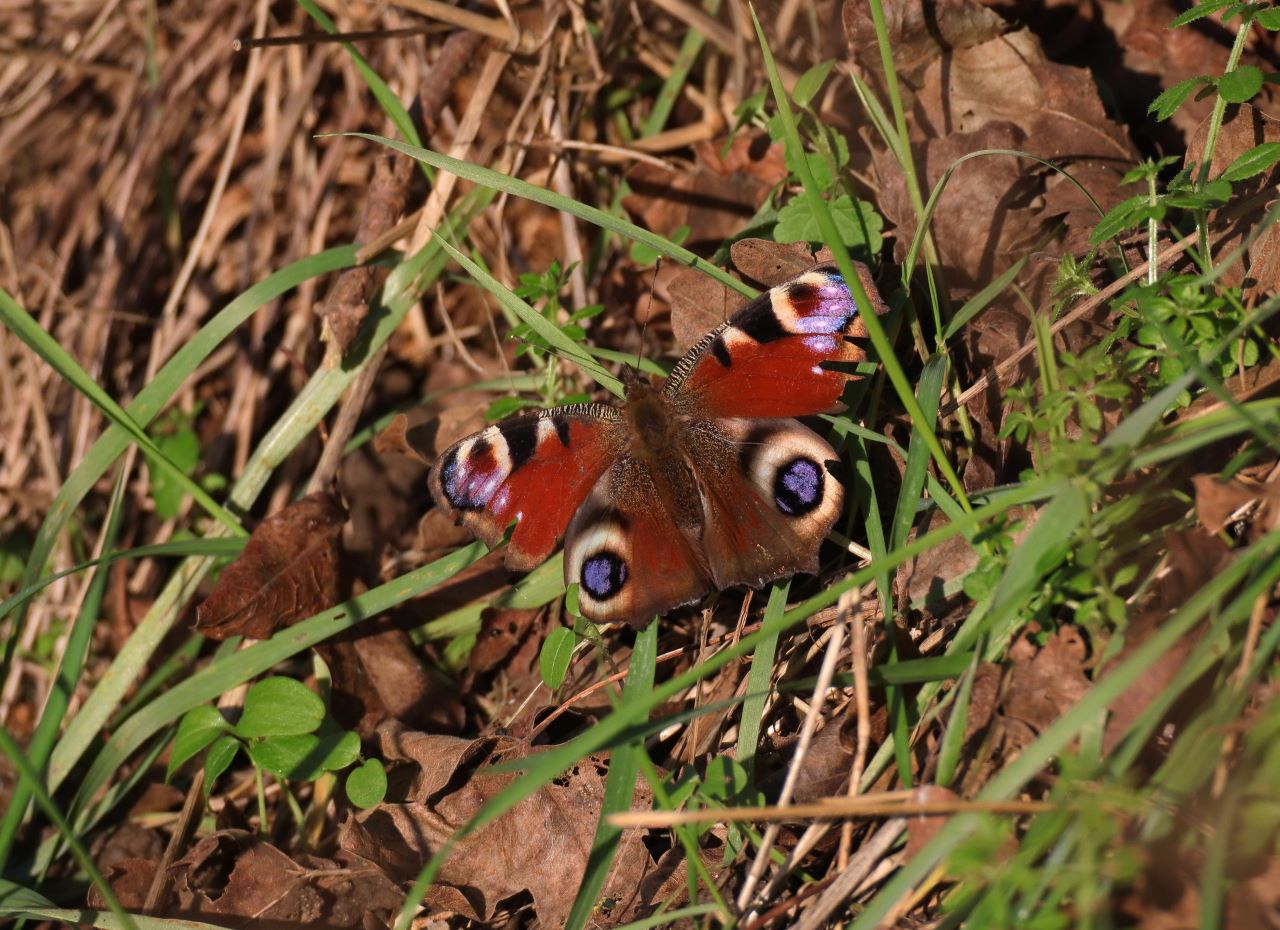
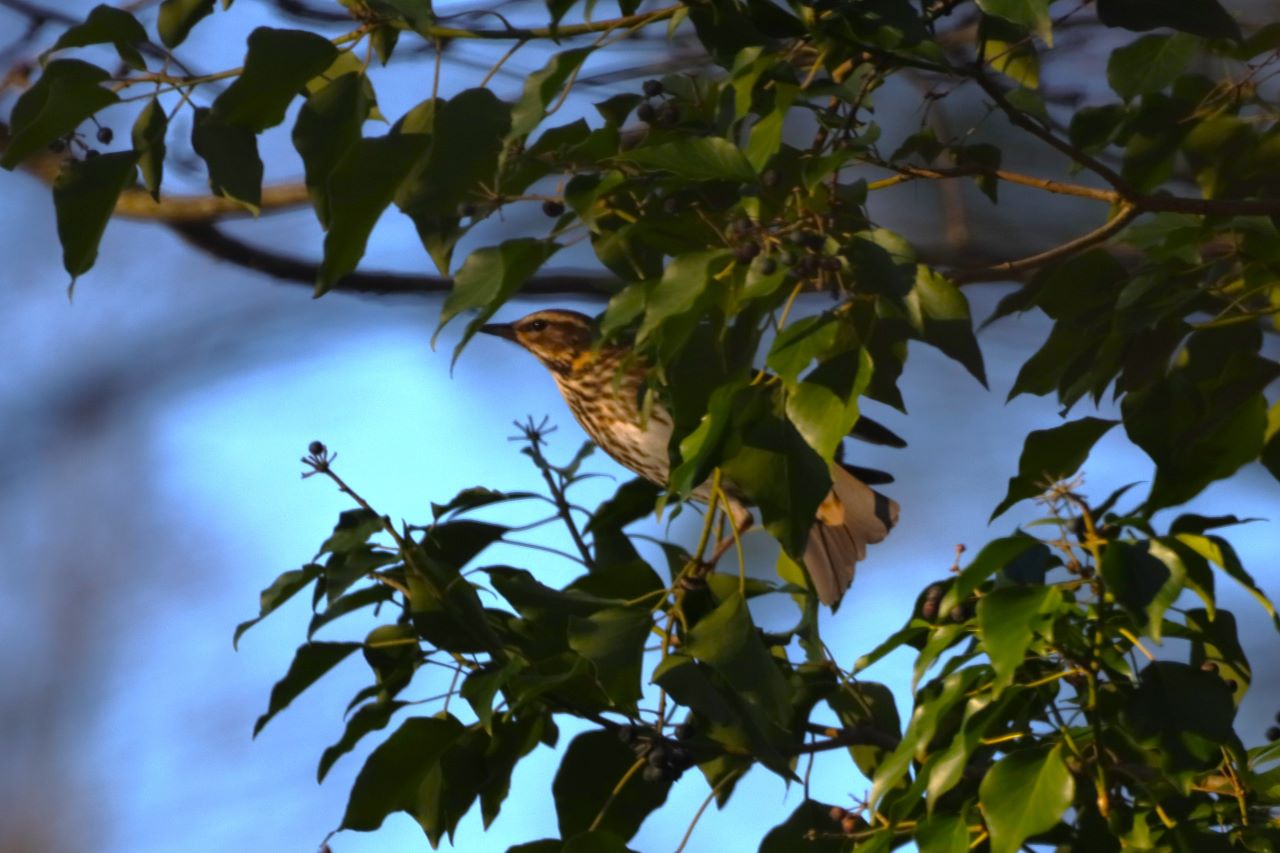
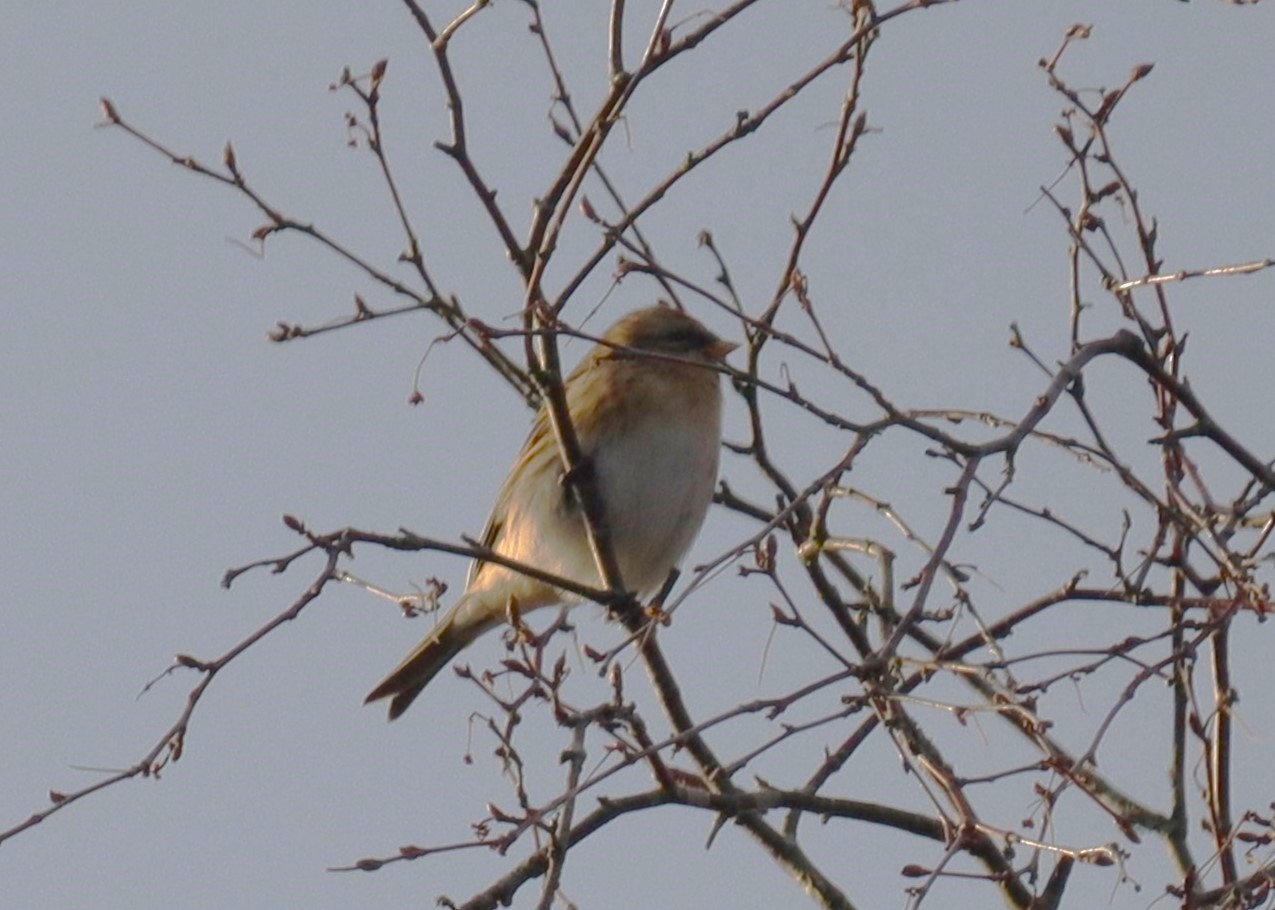


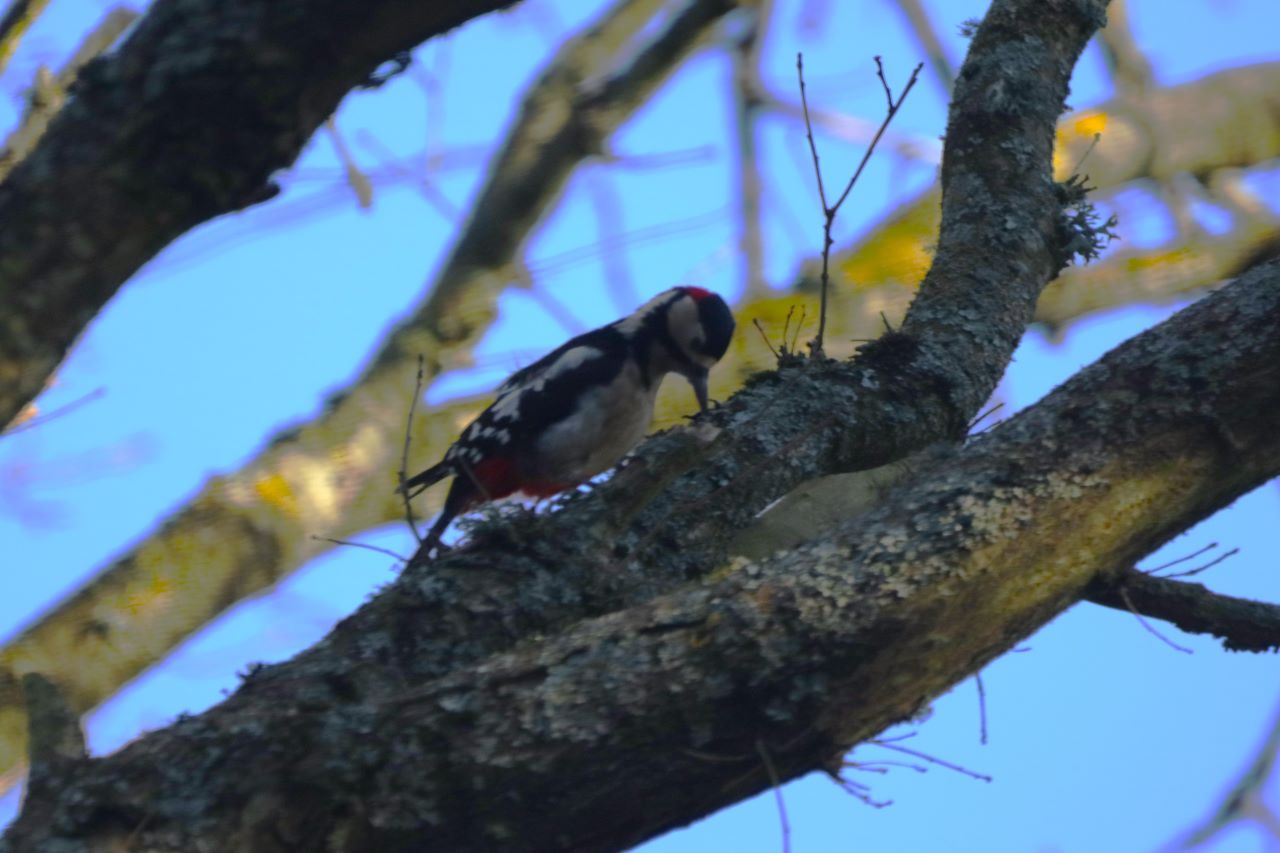

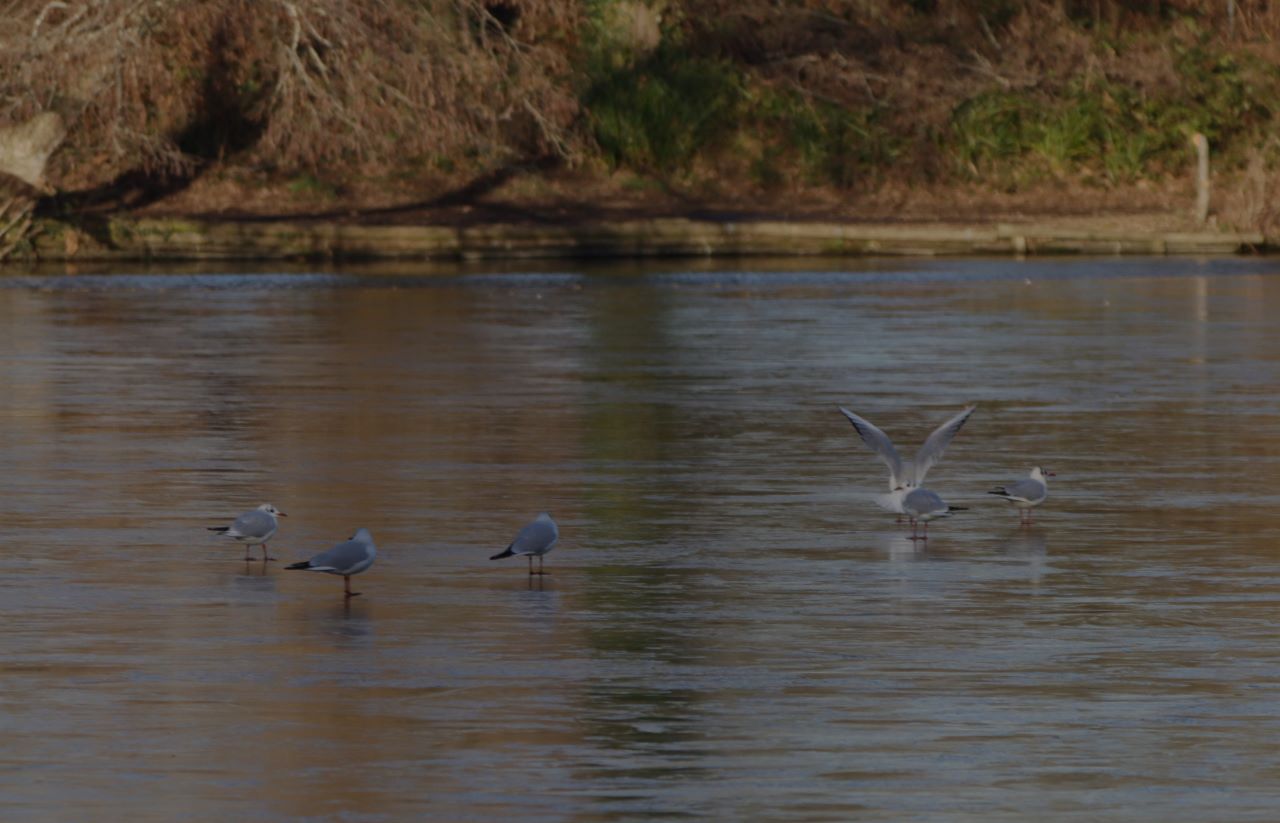

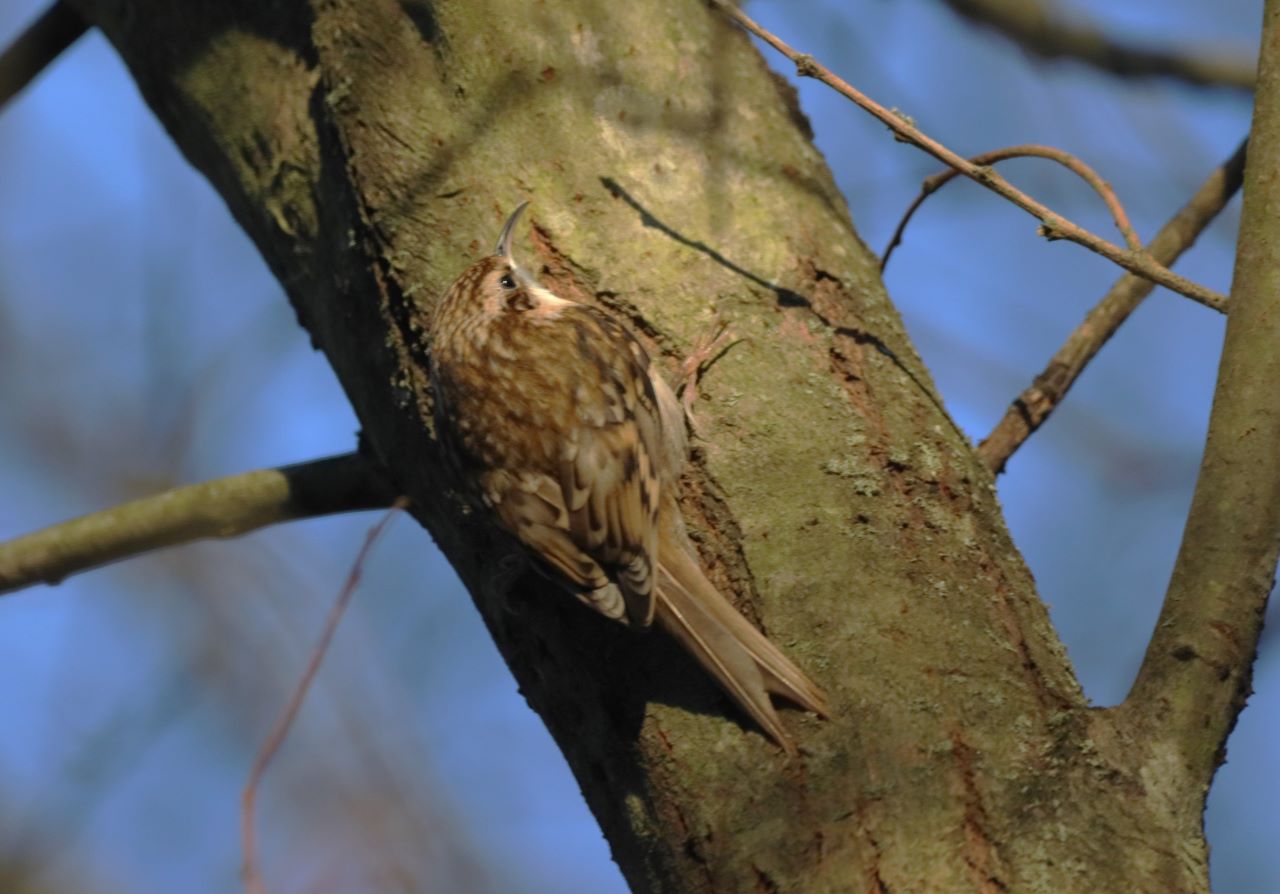
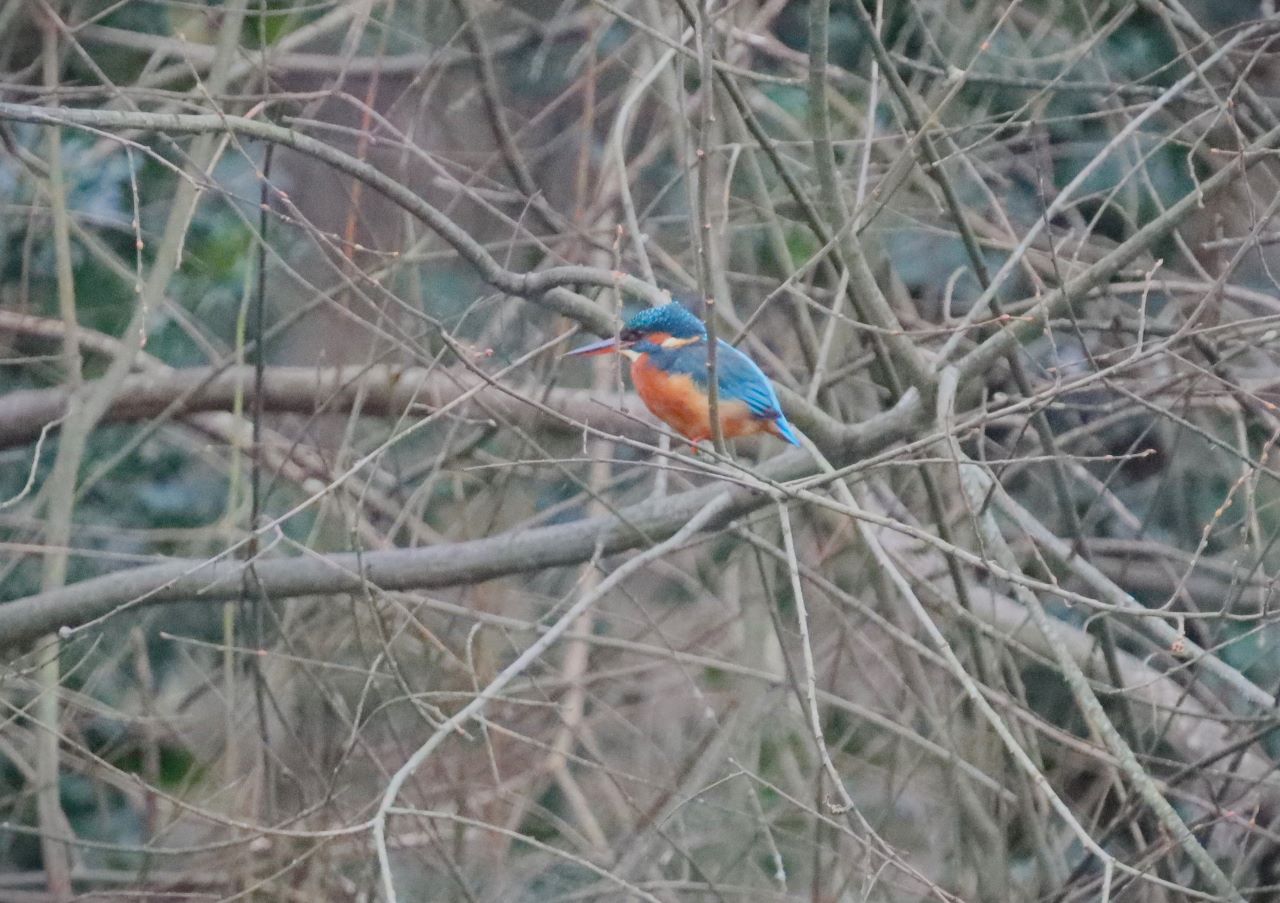






Recent Comments